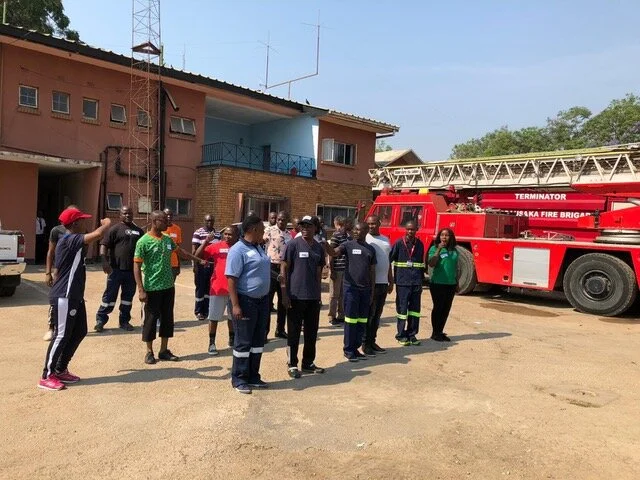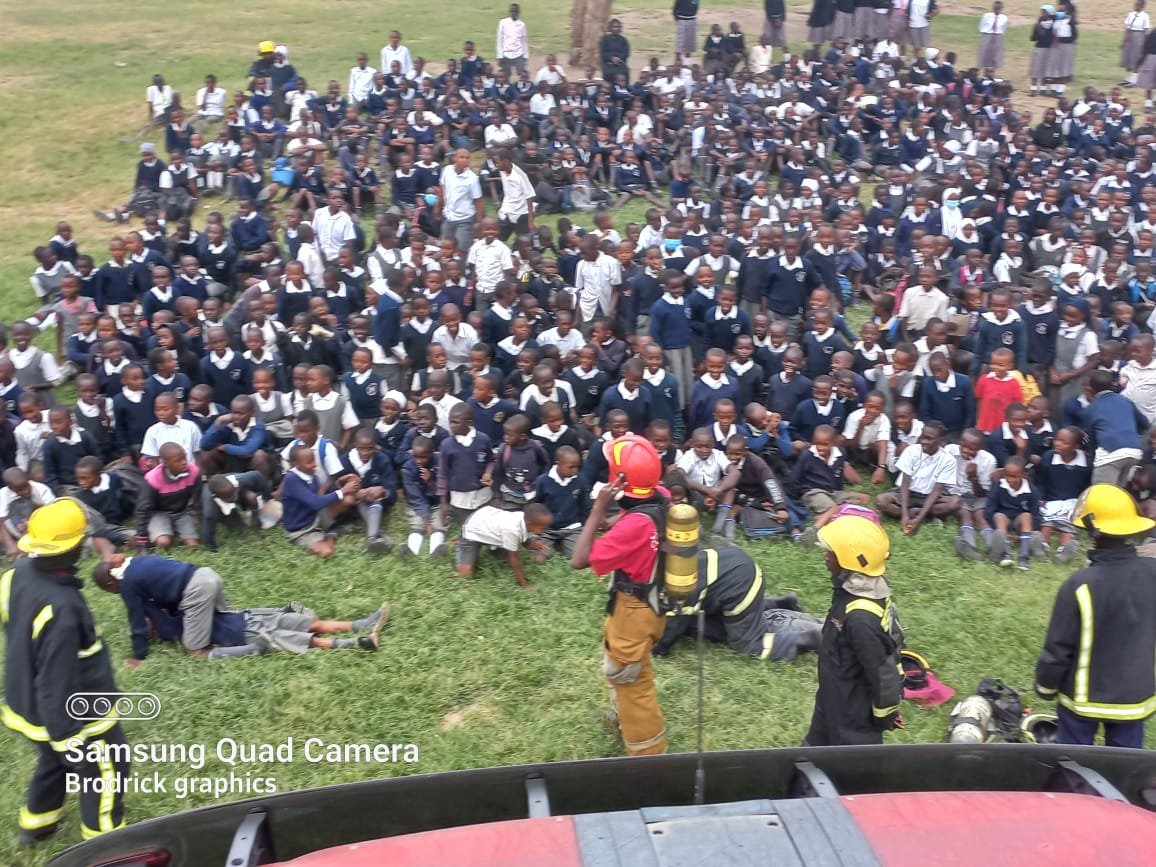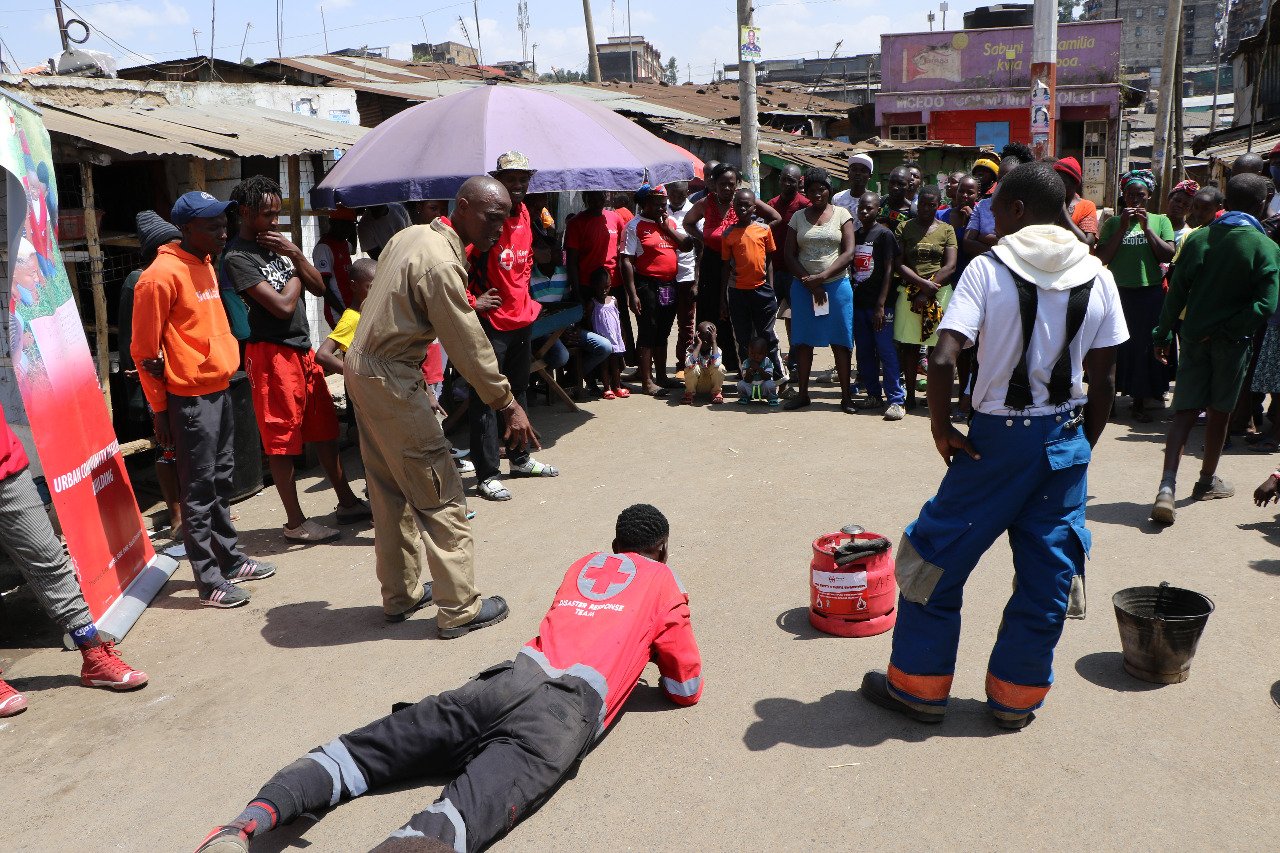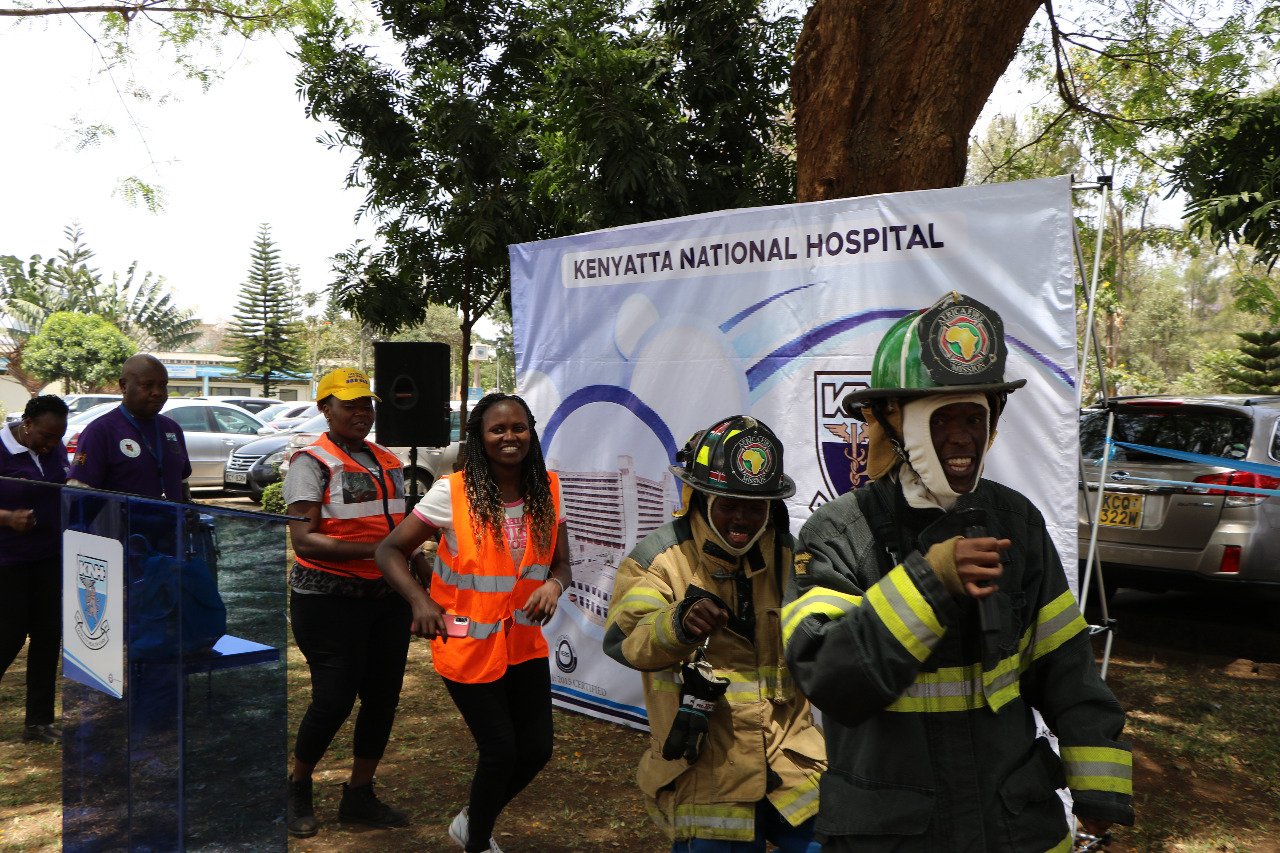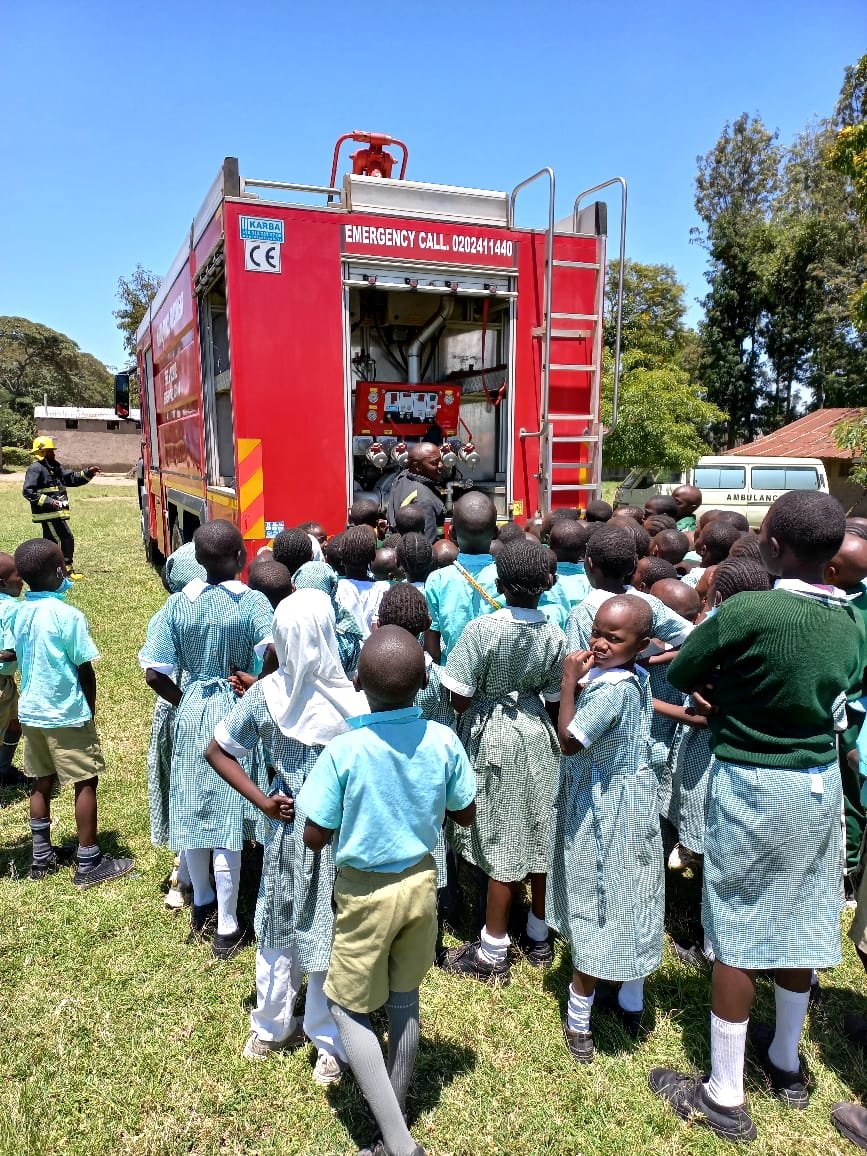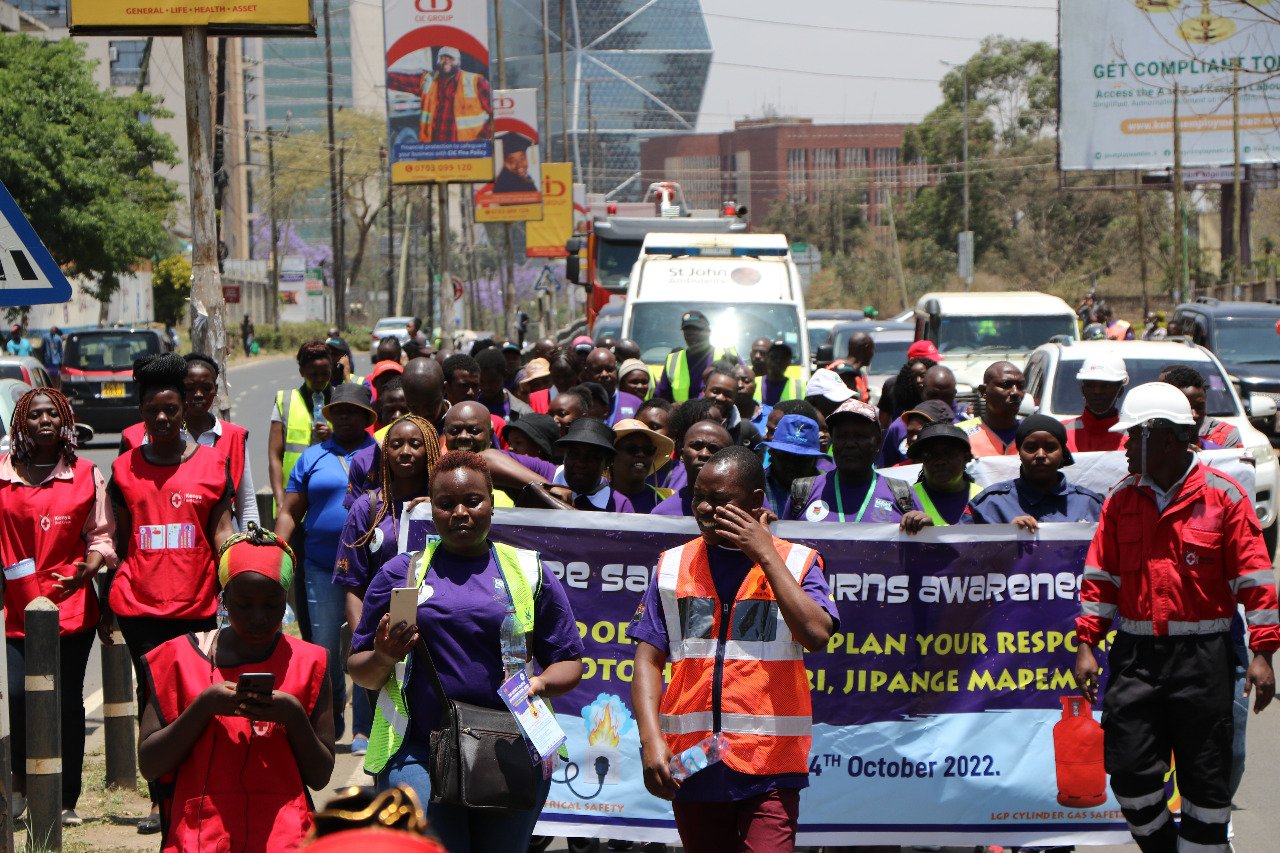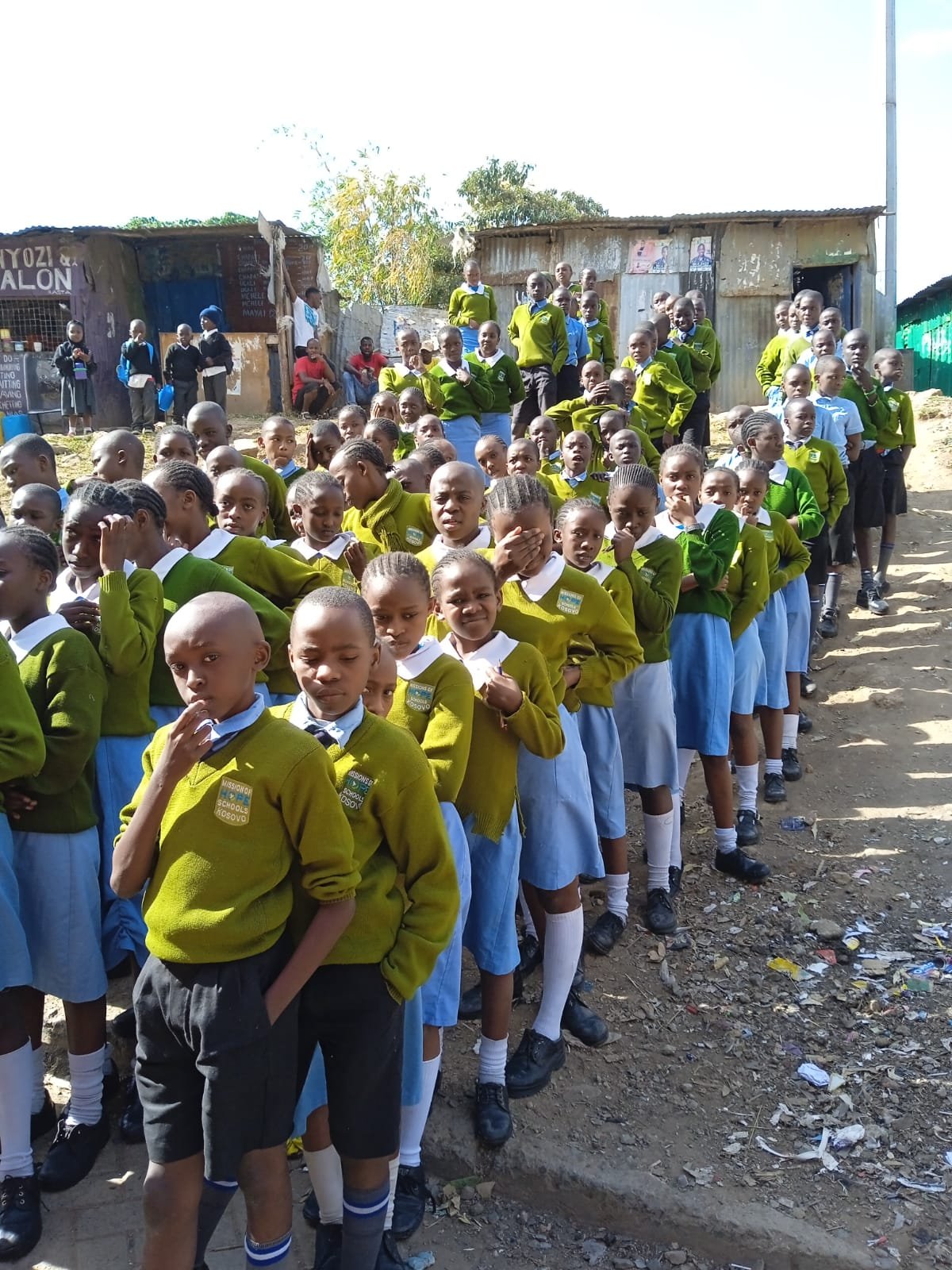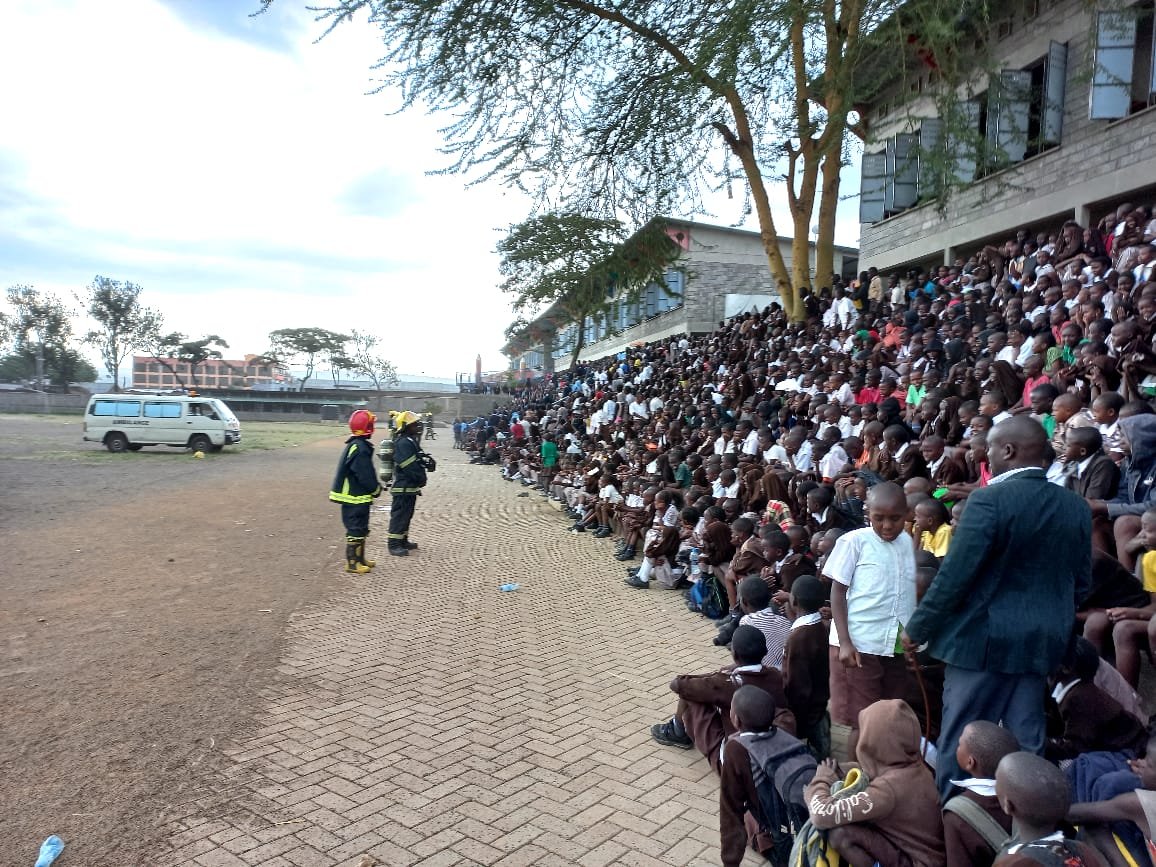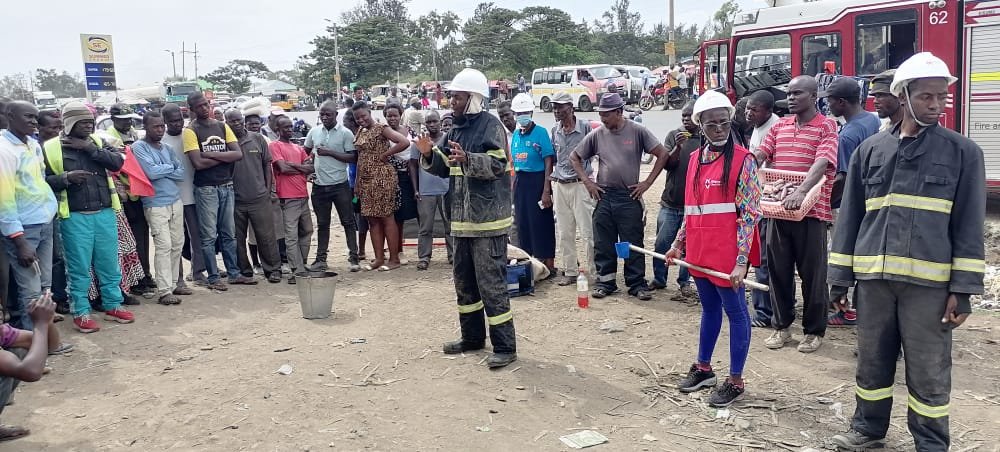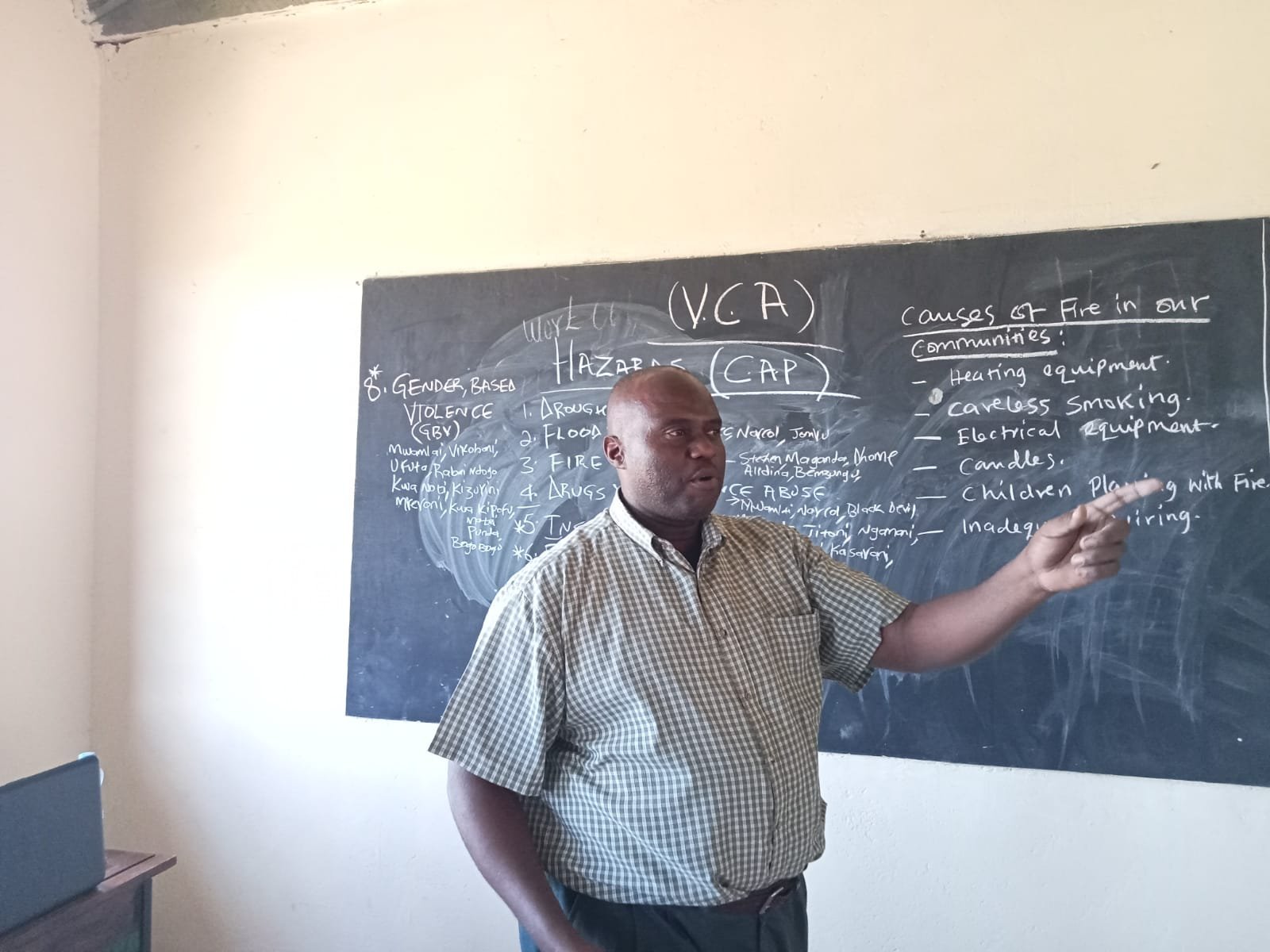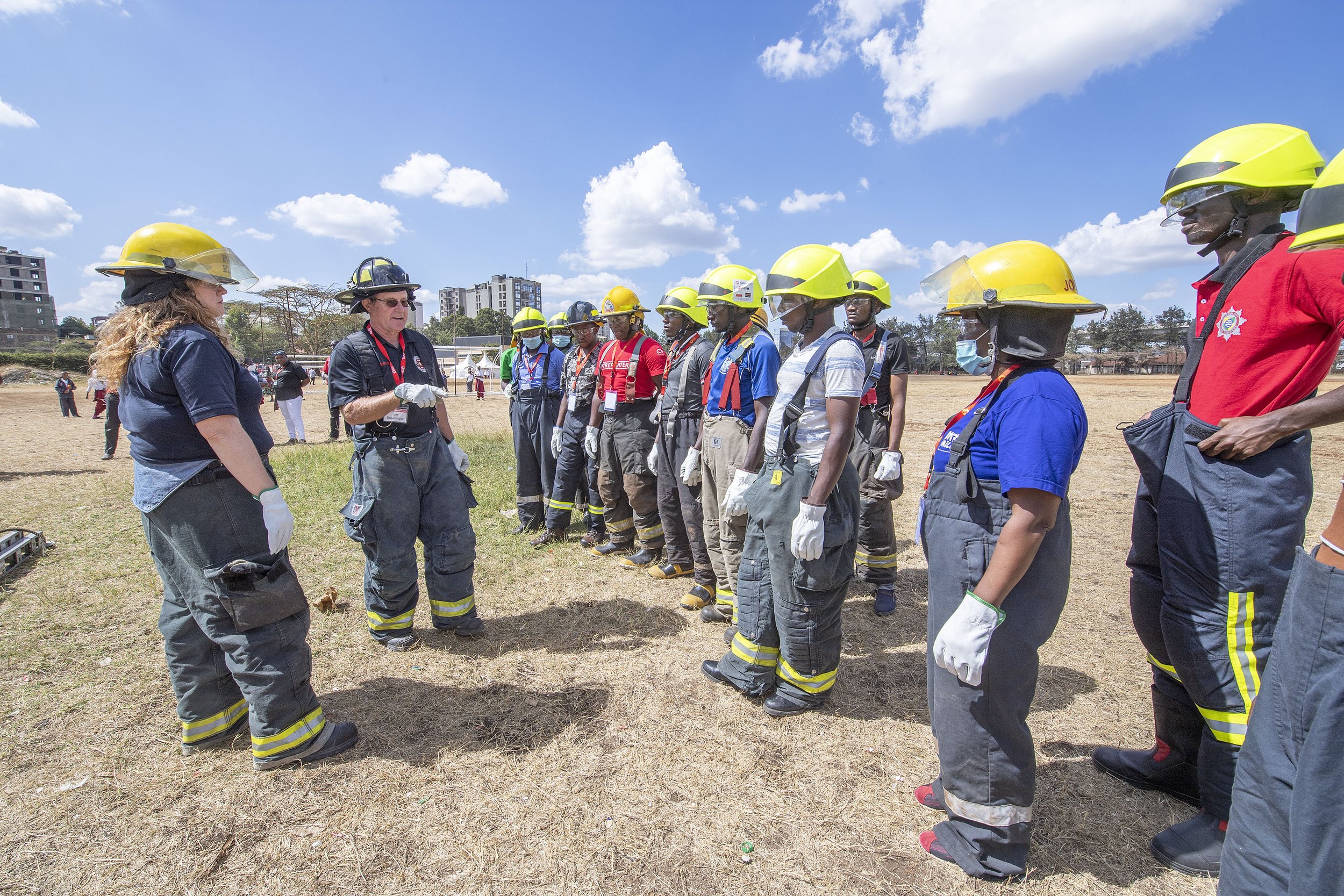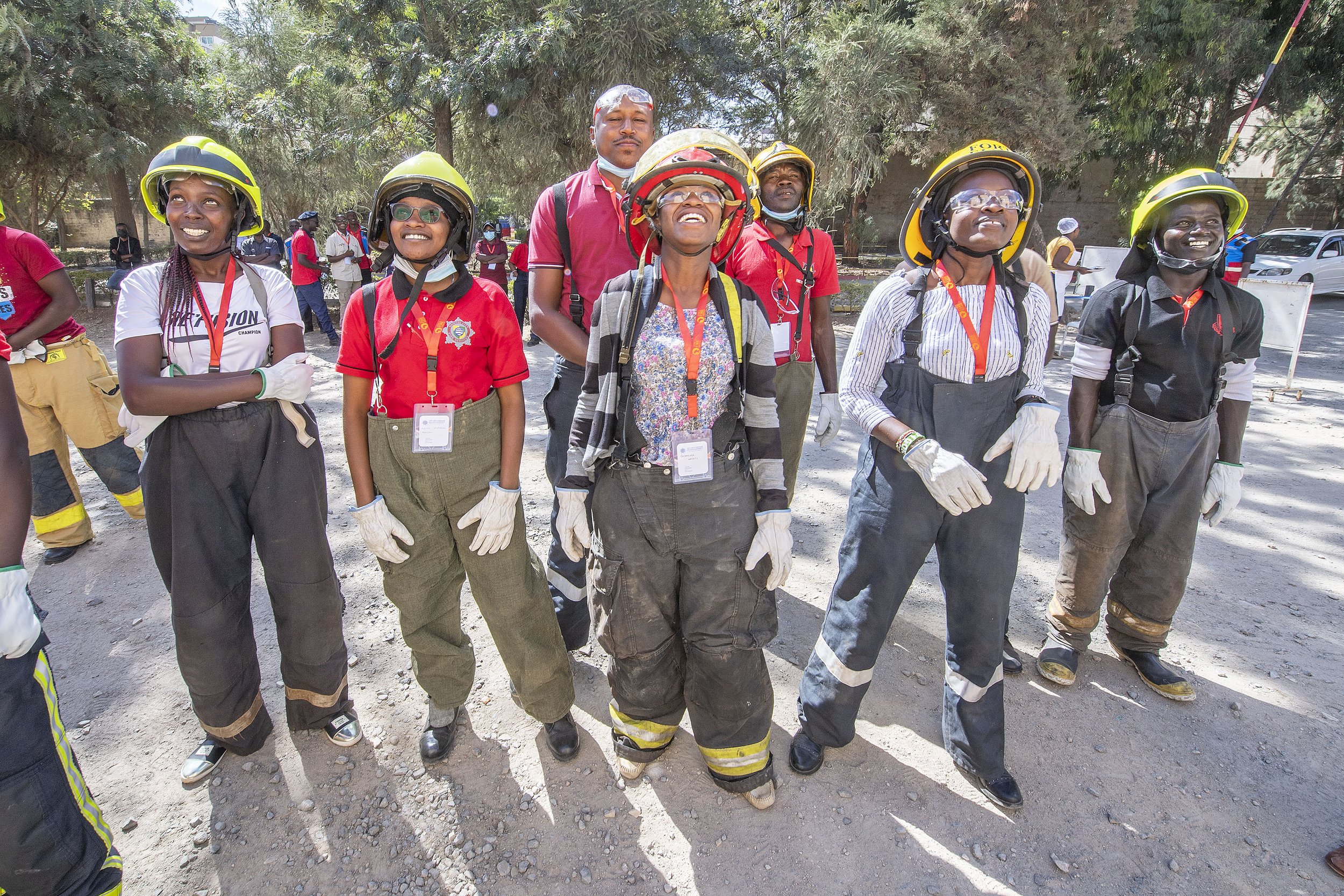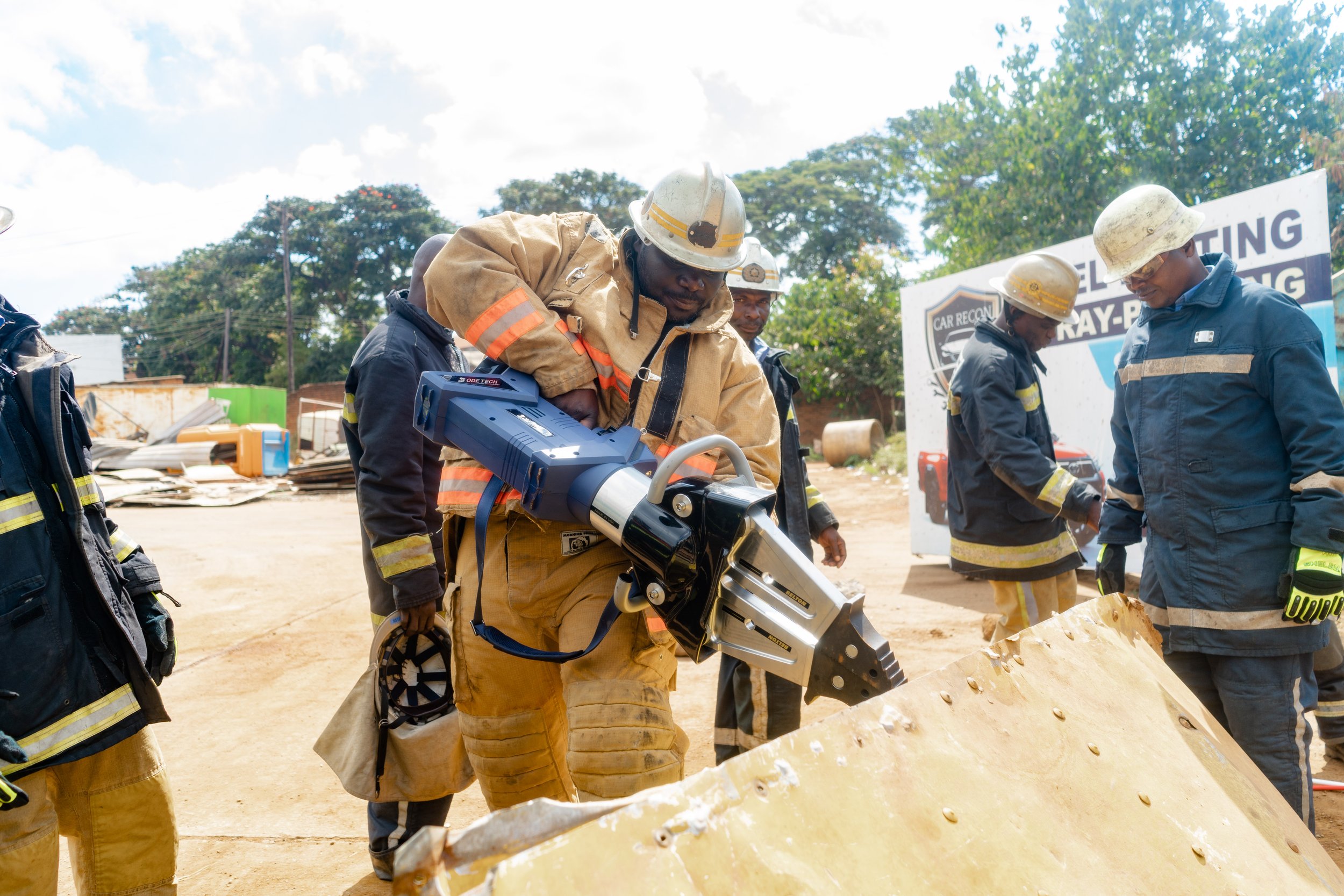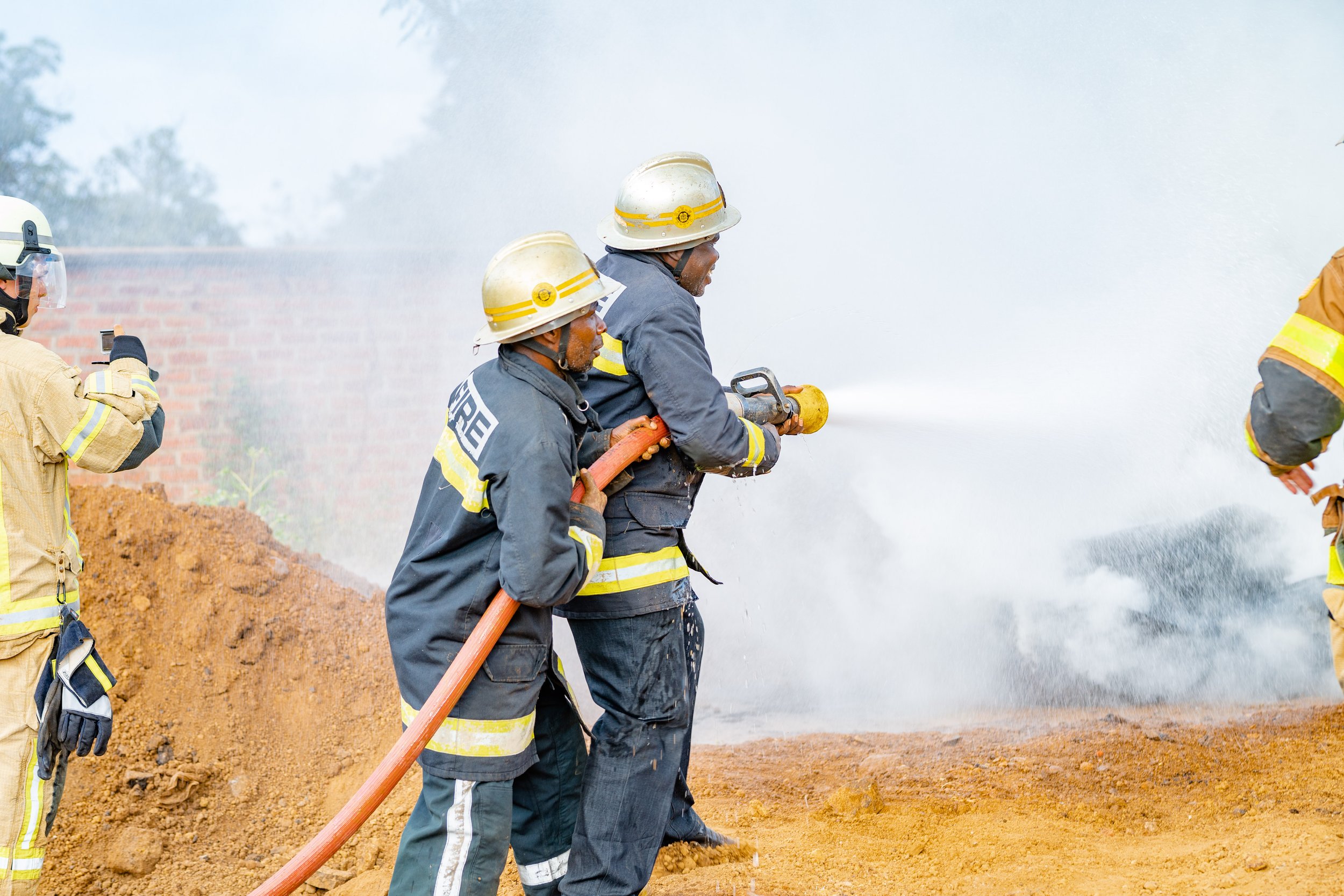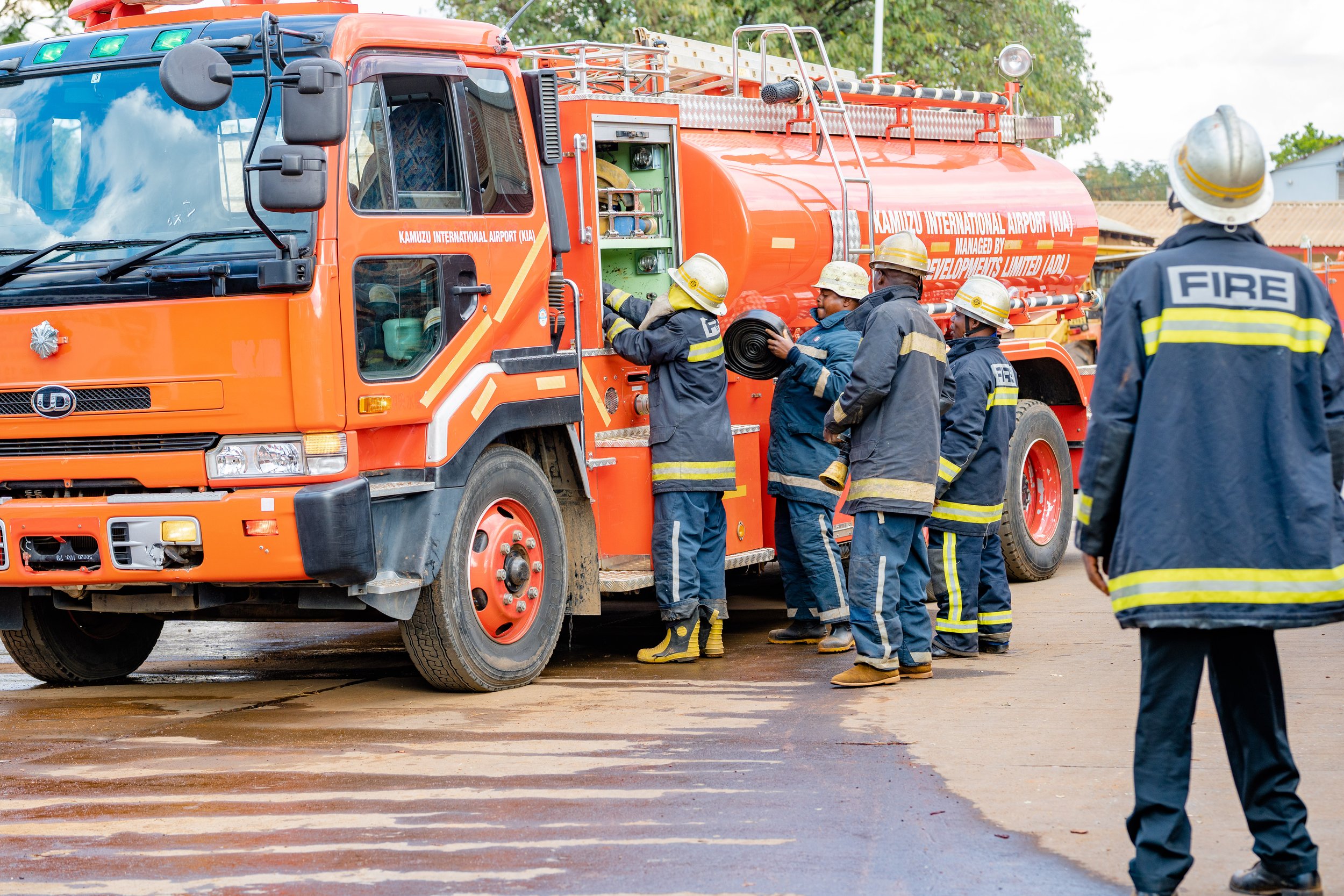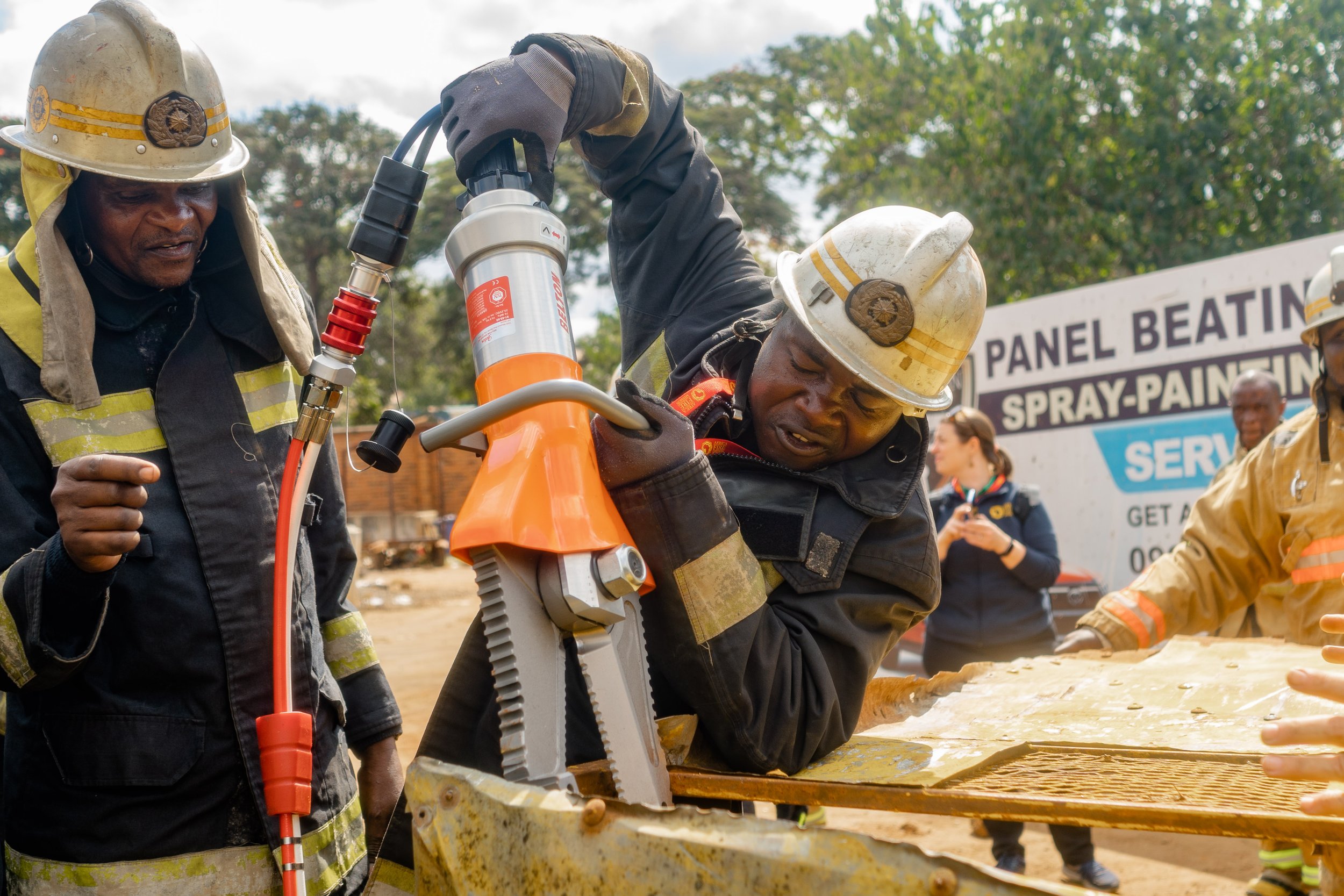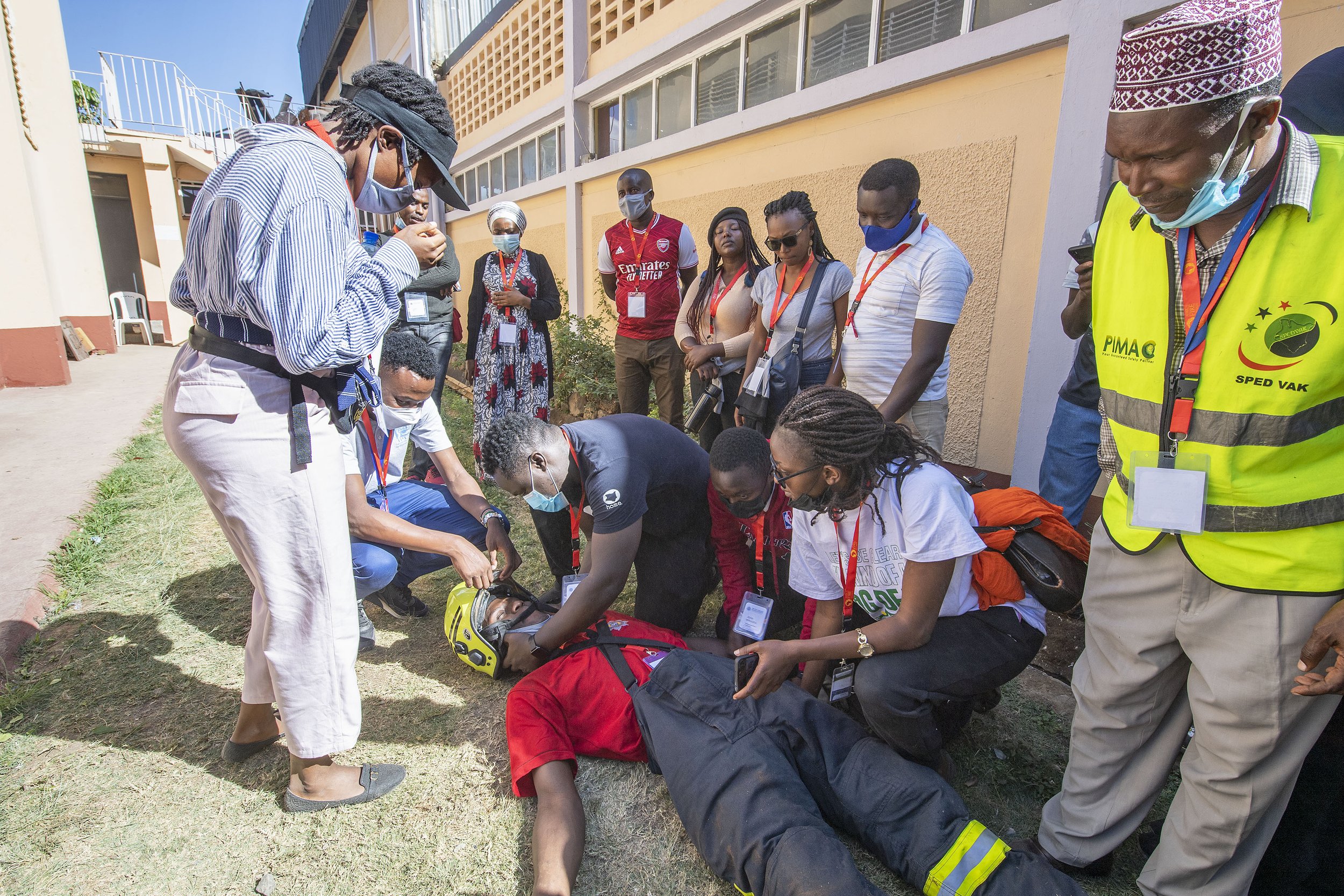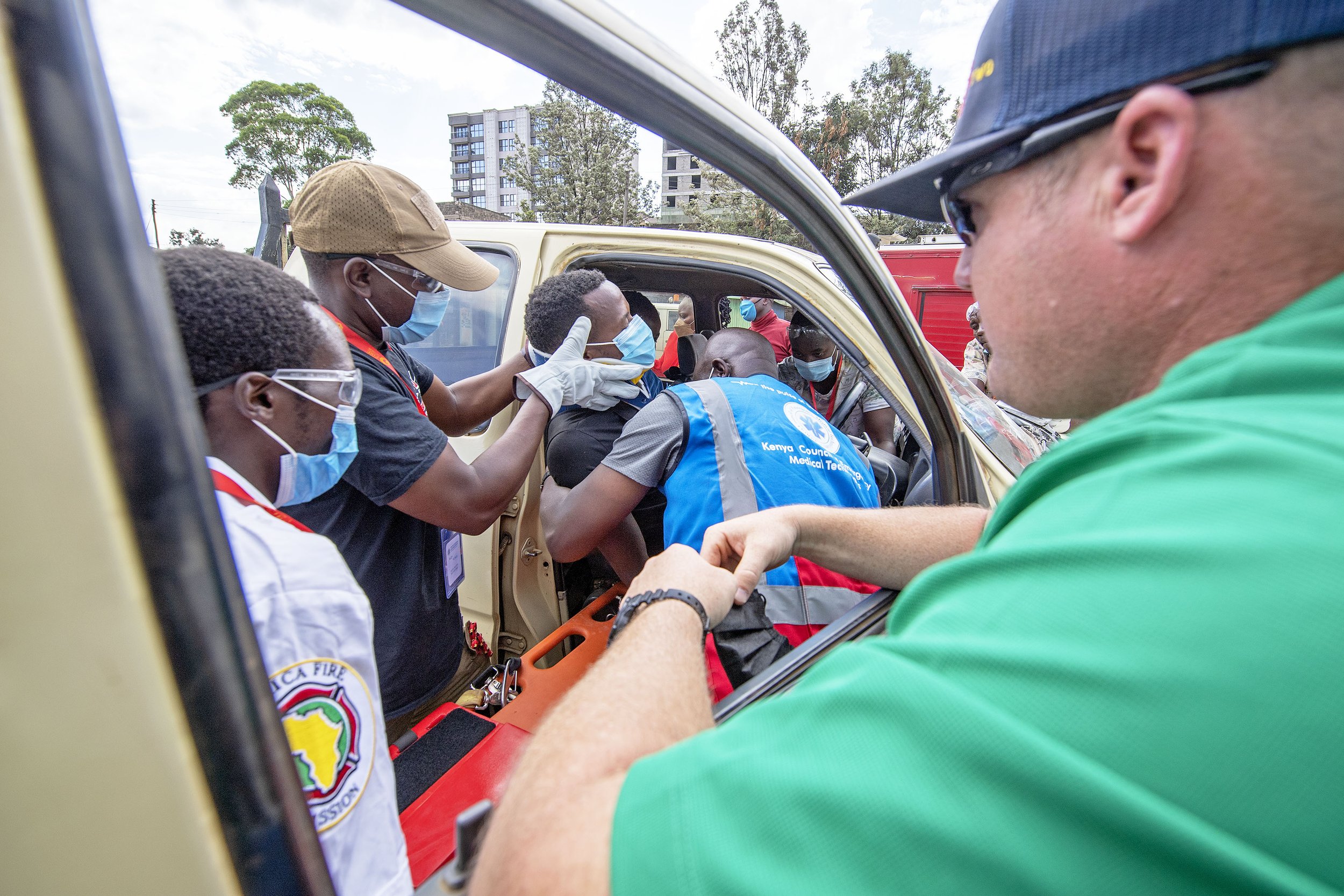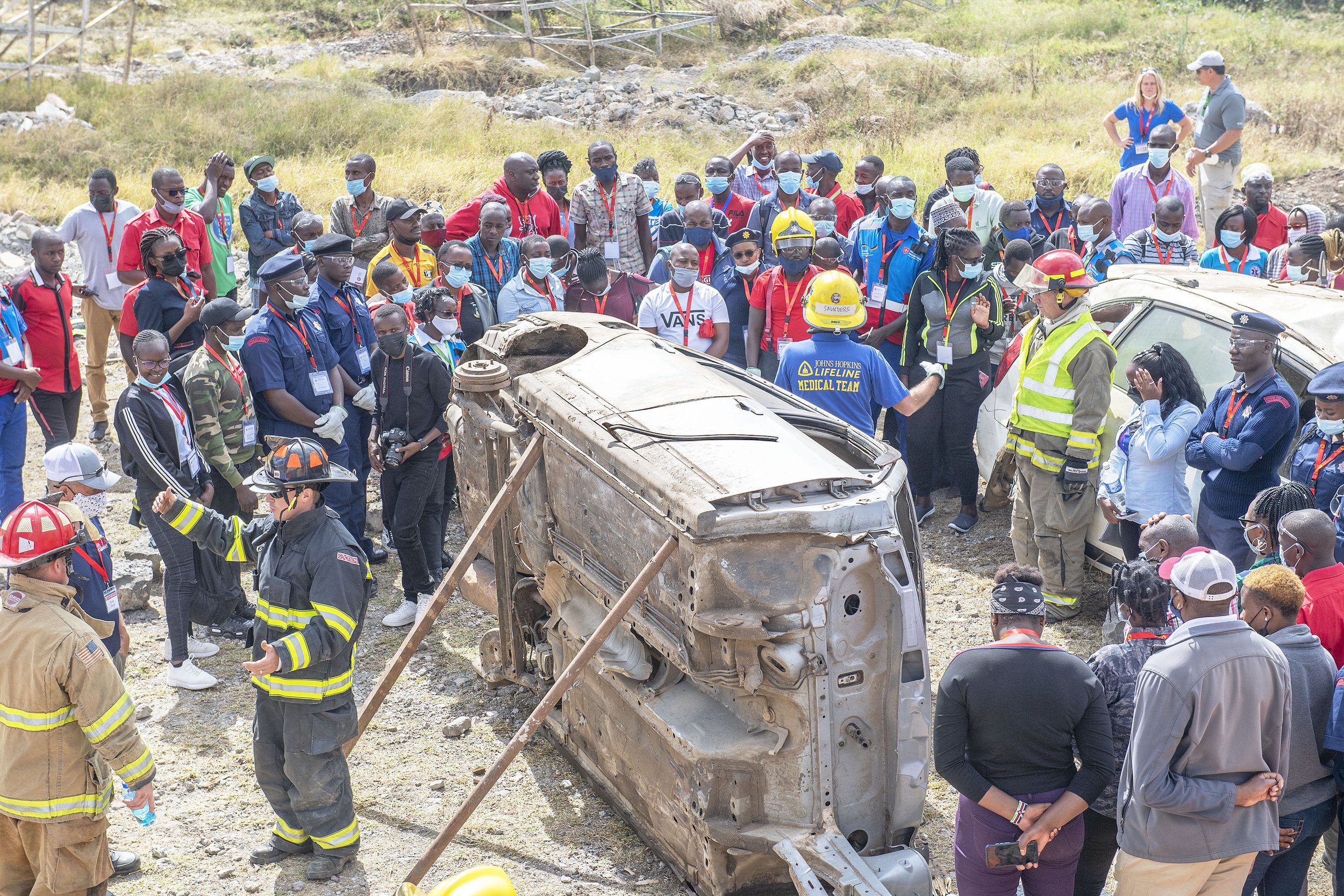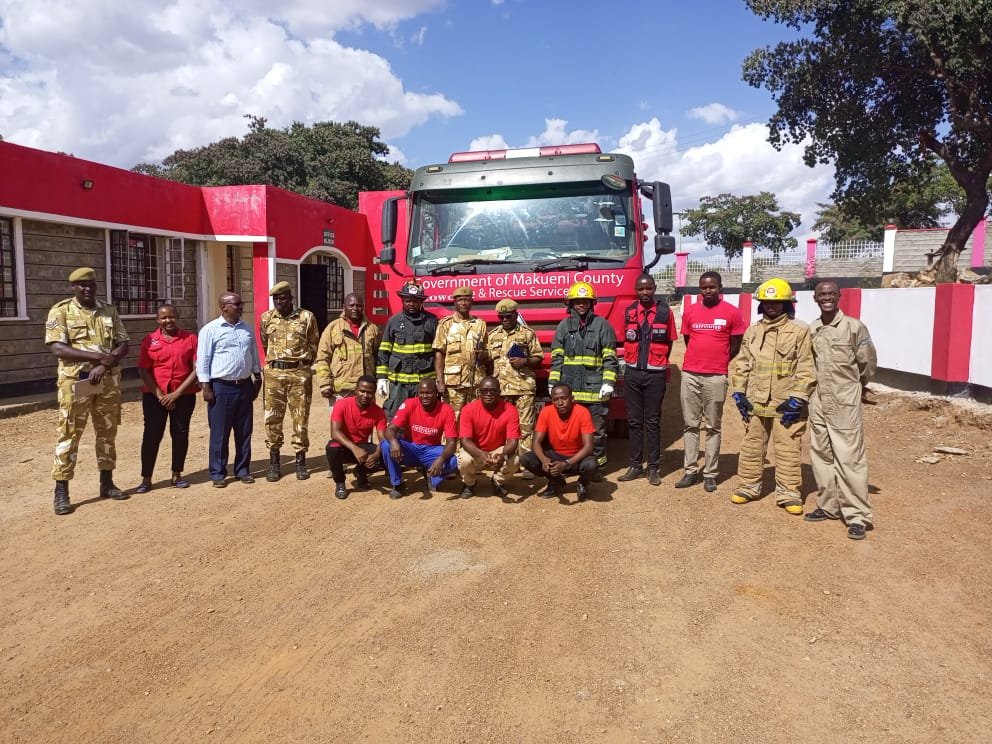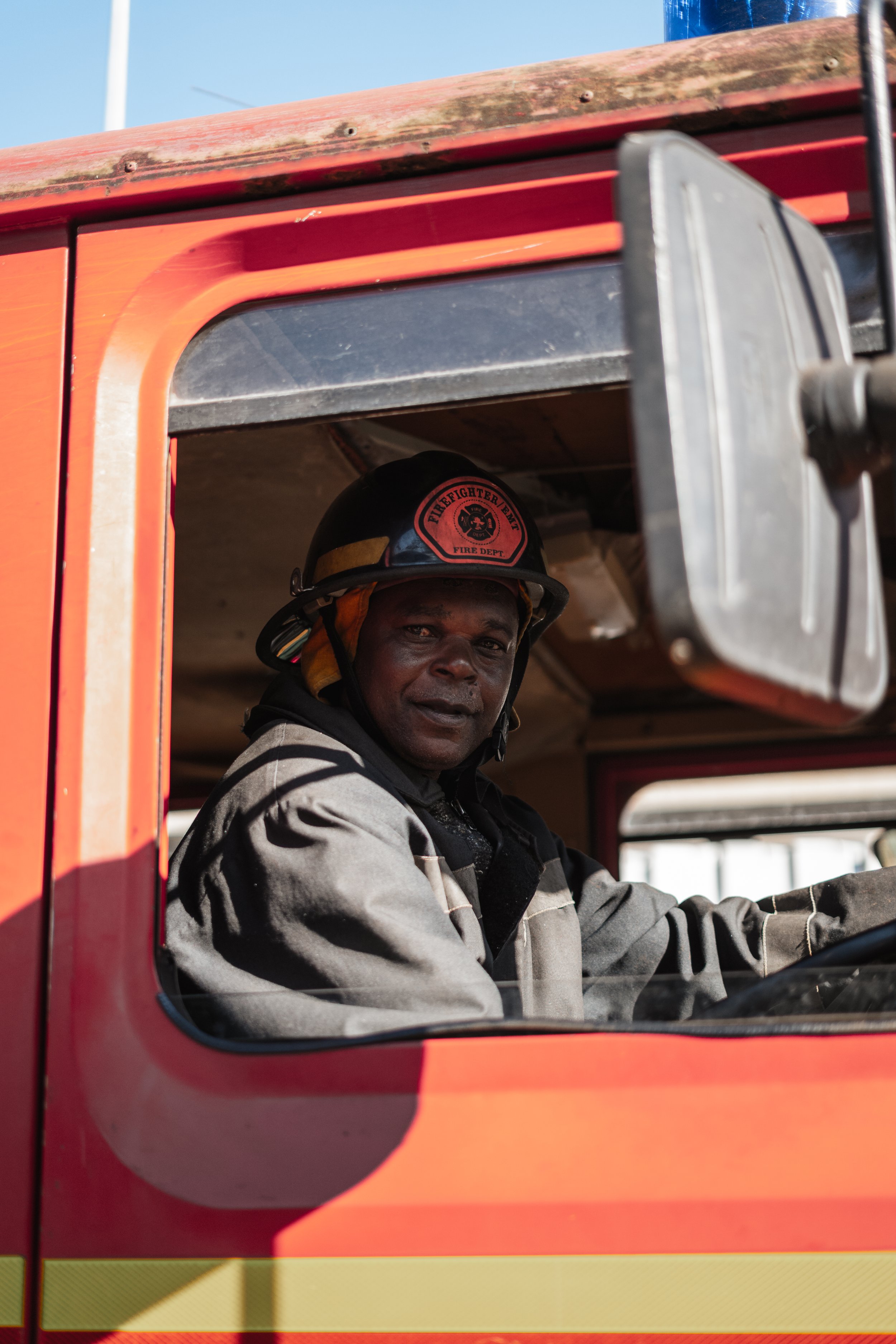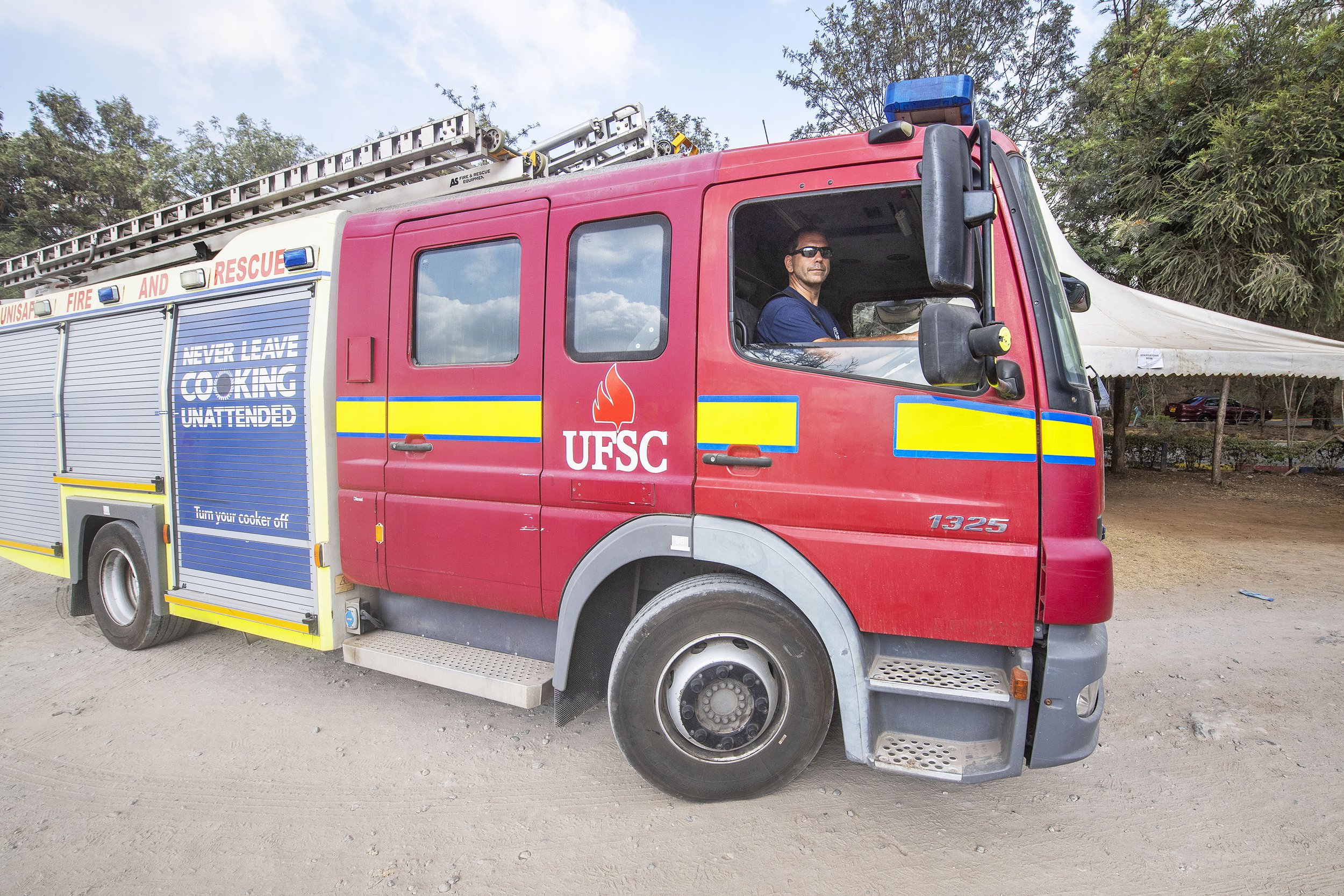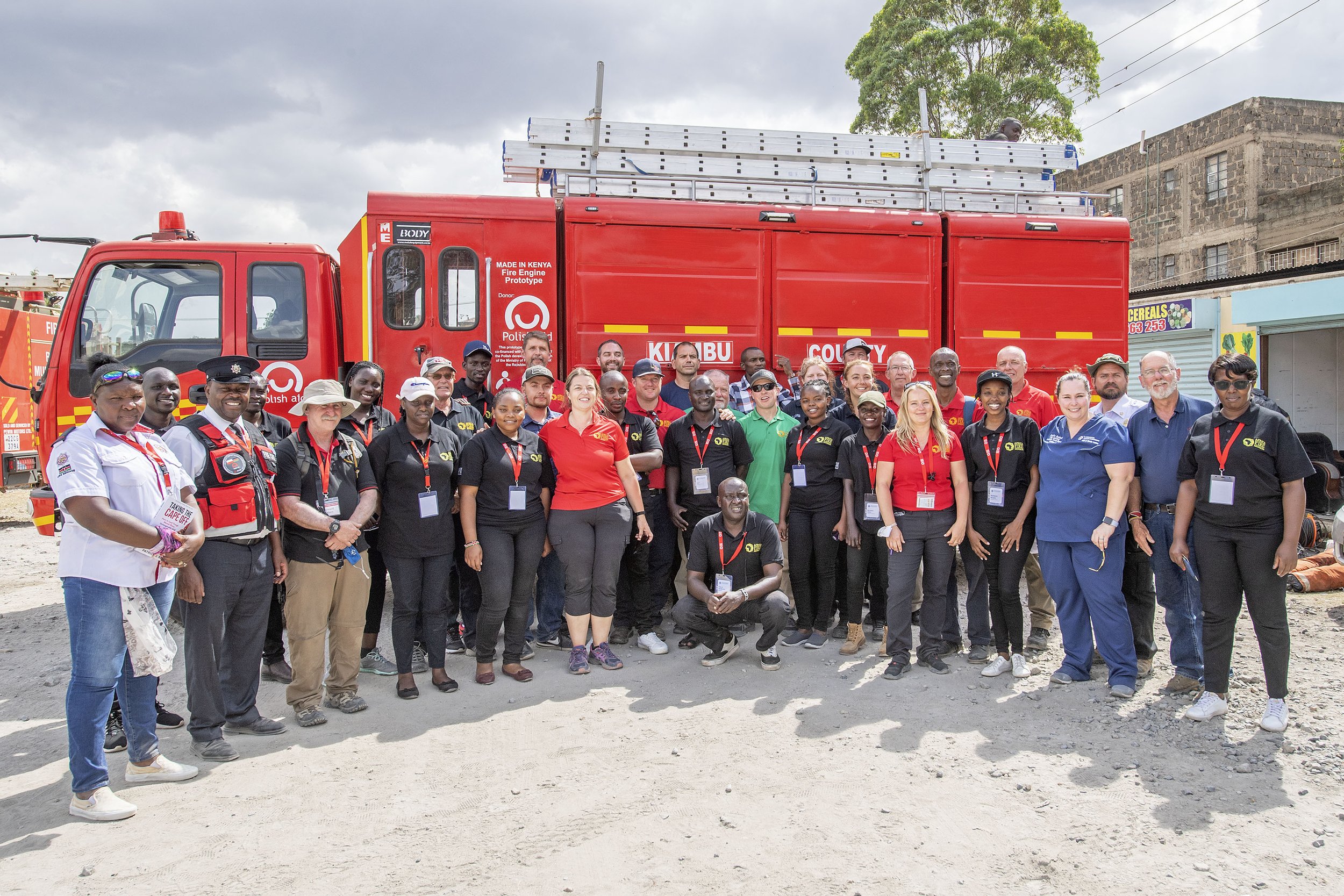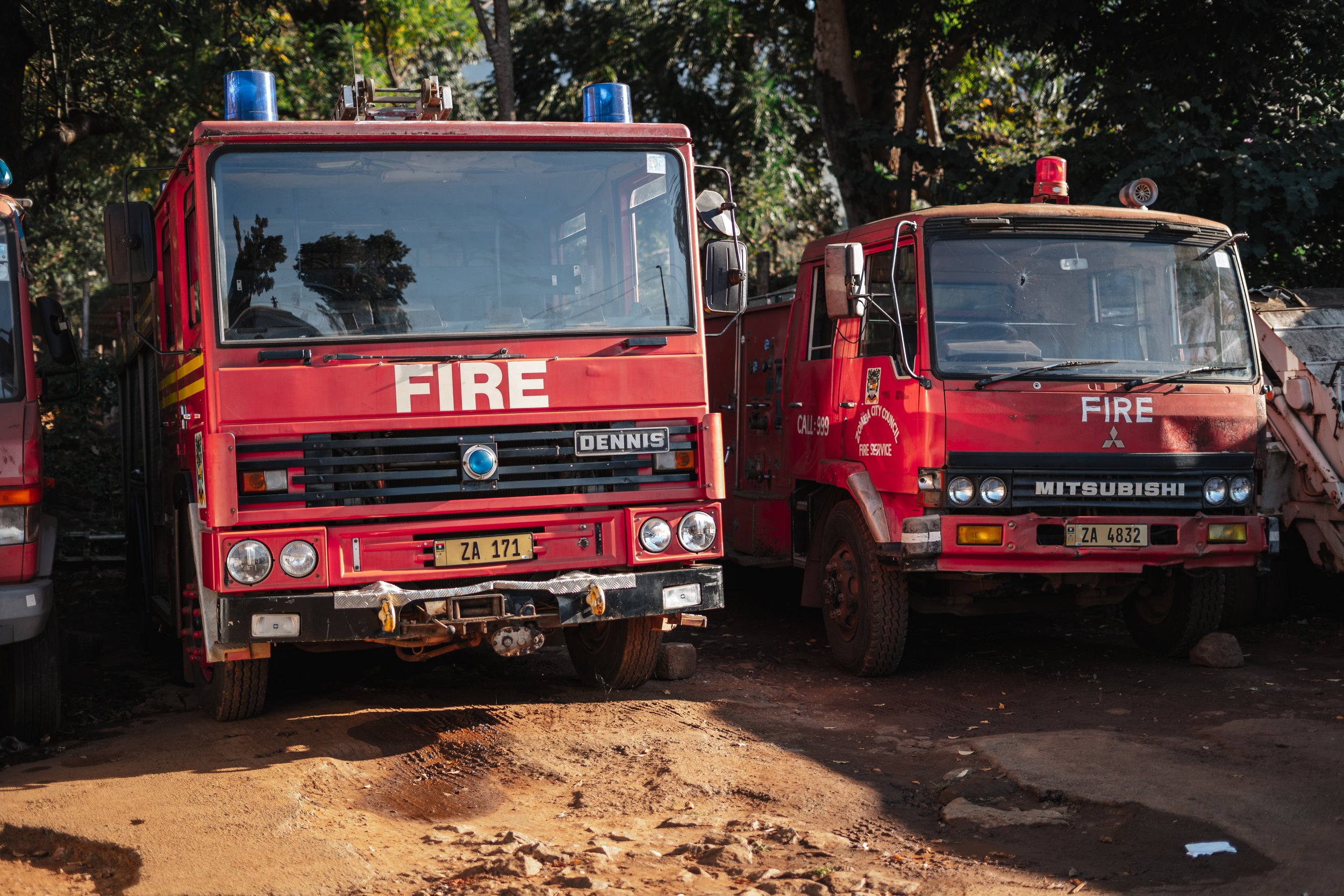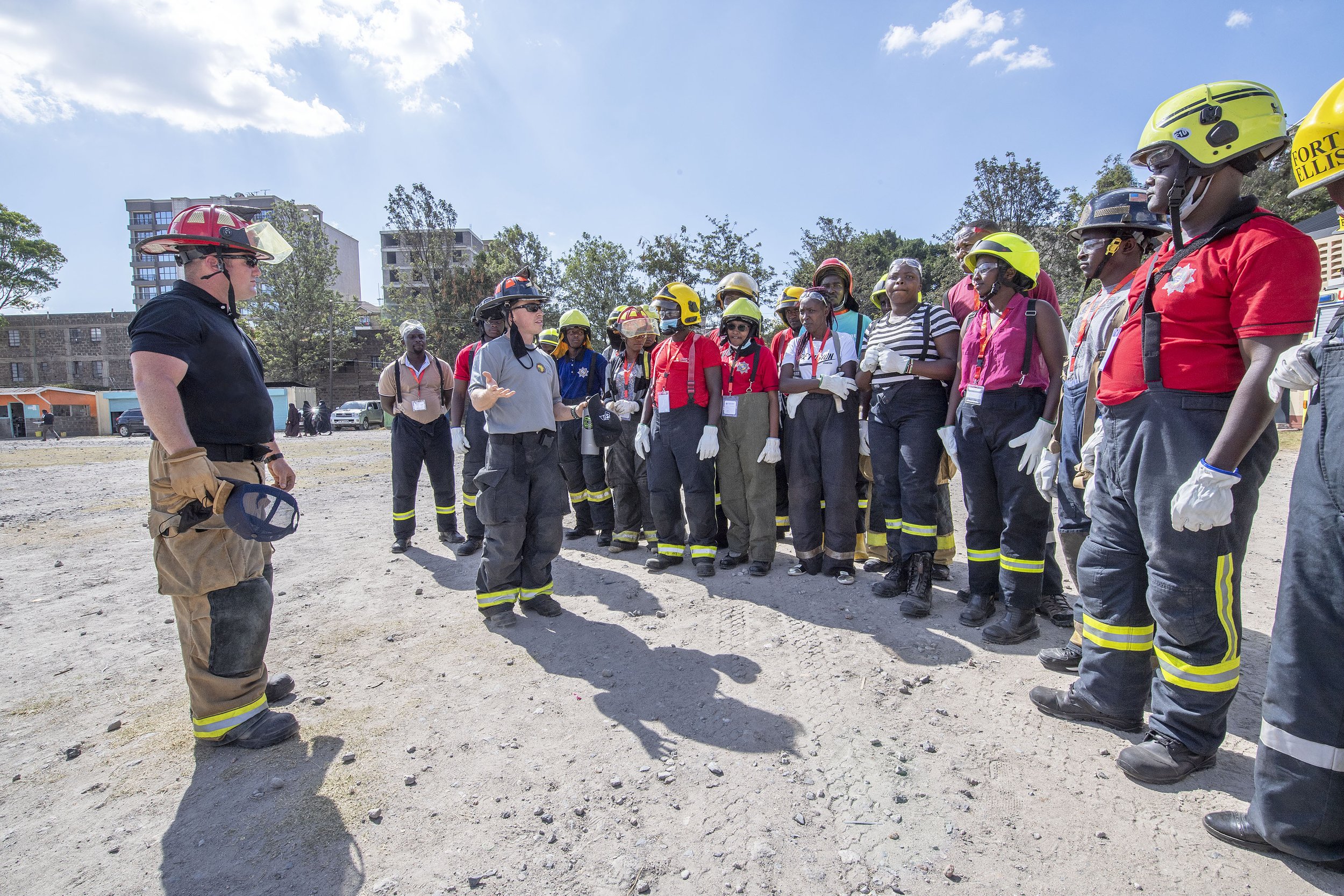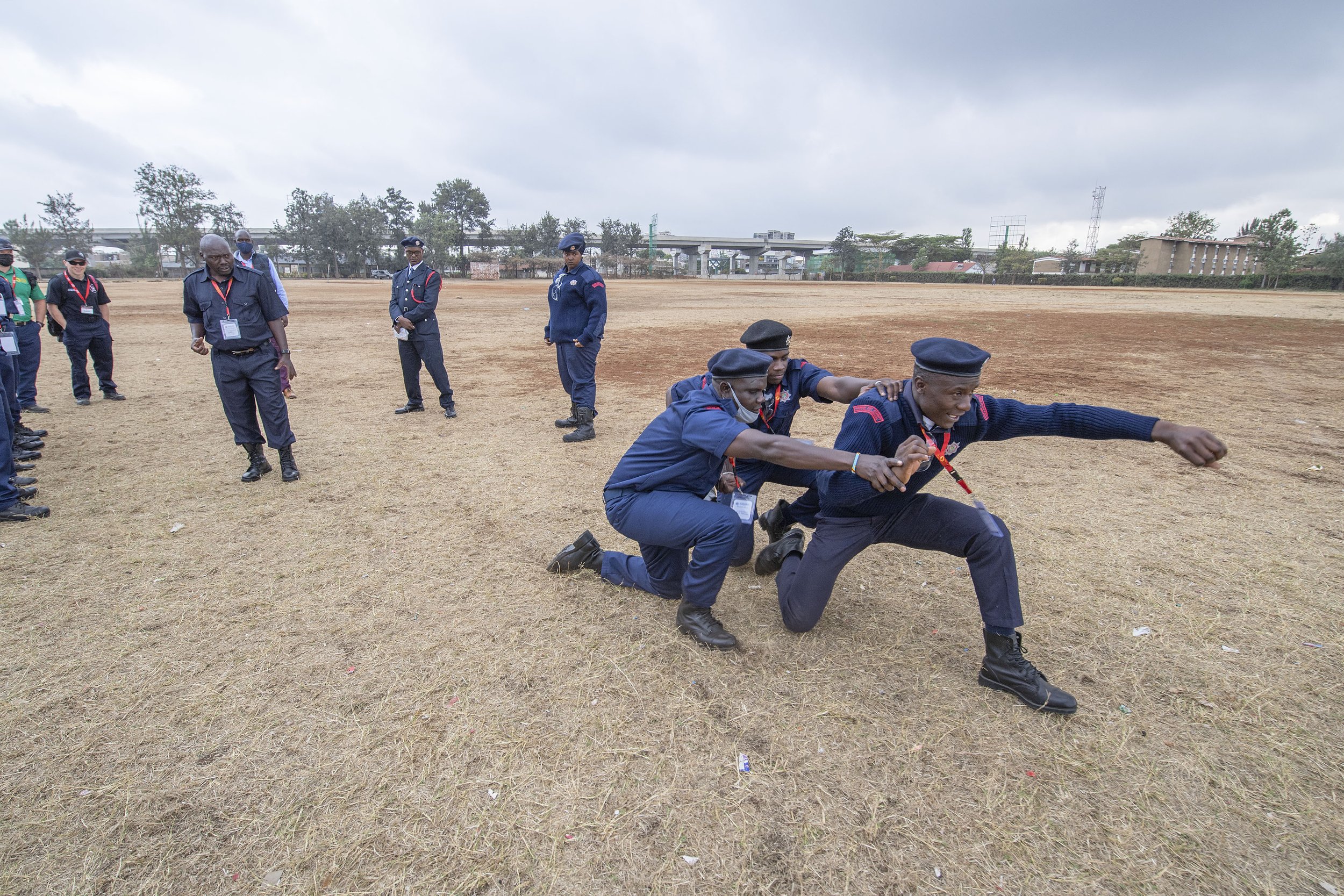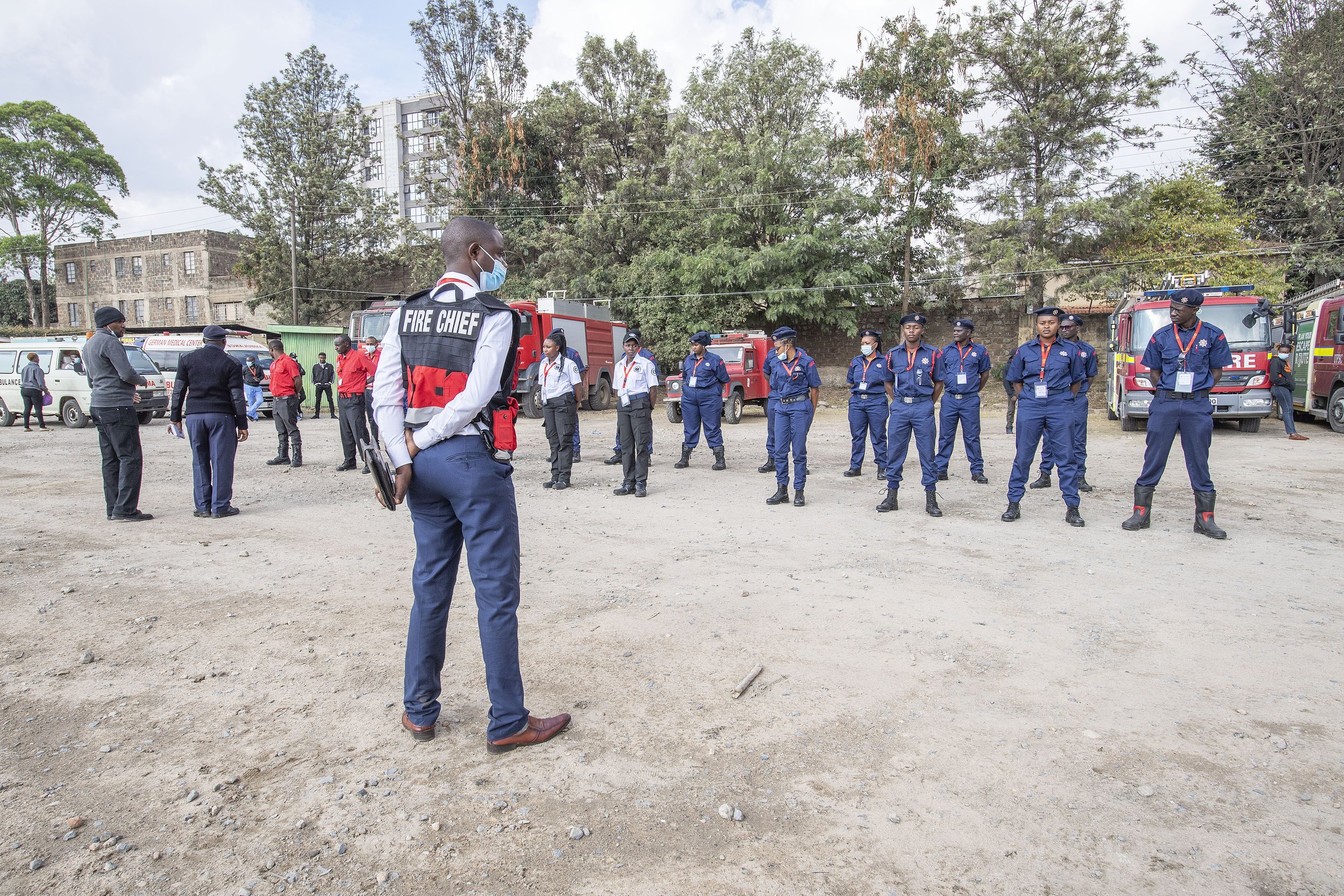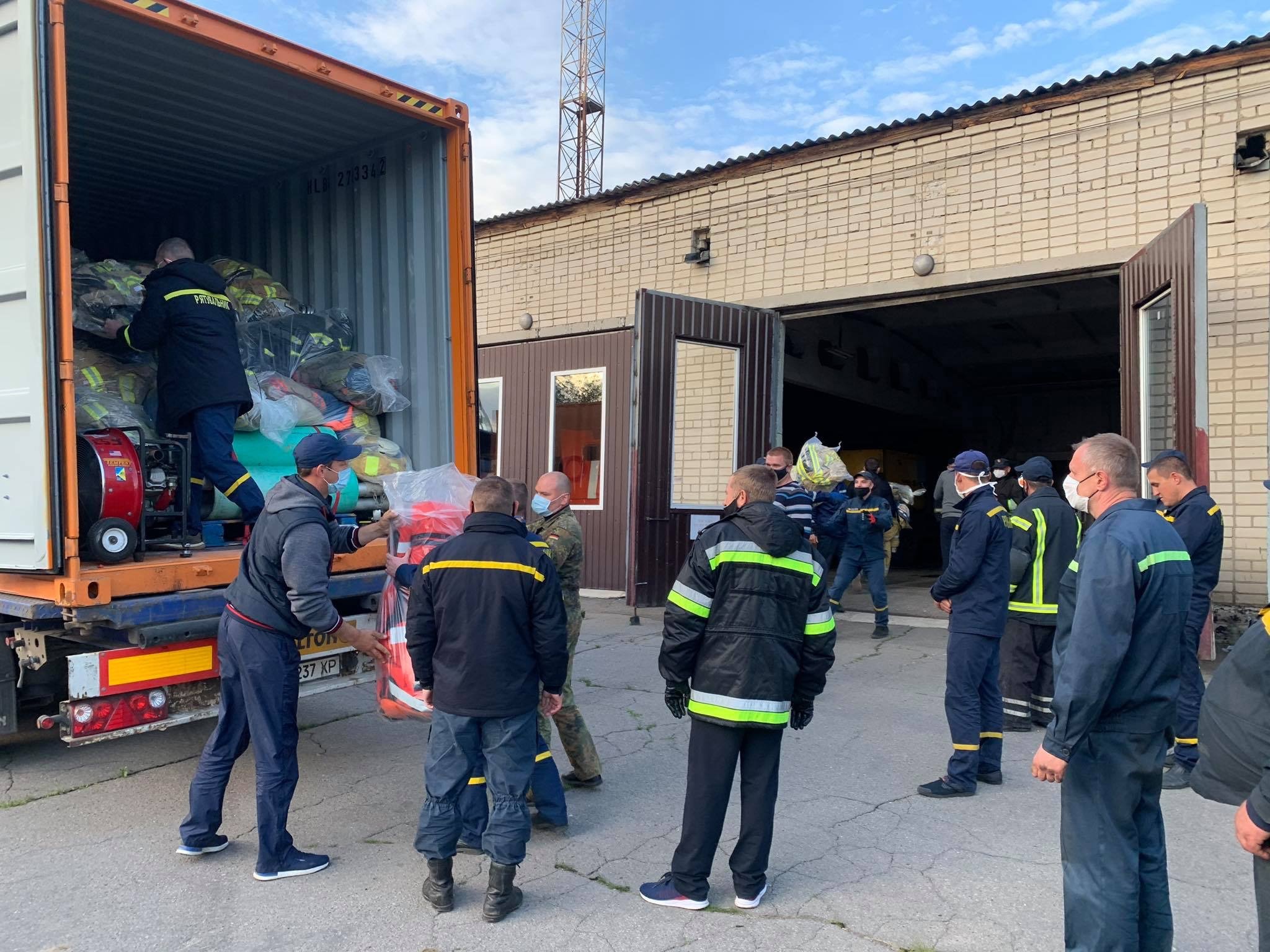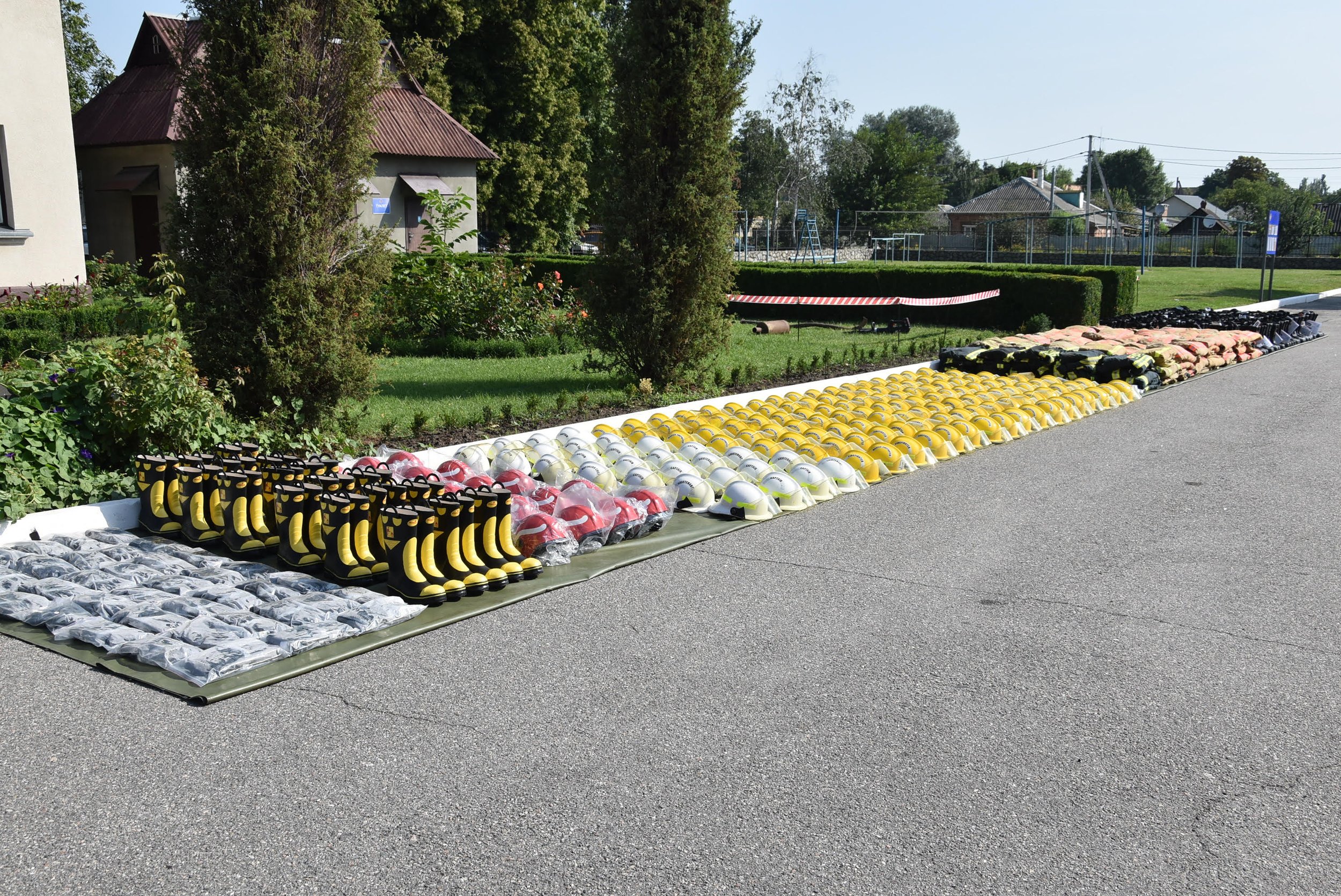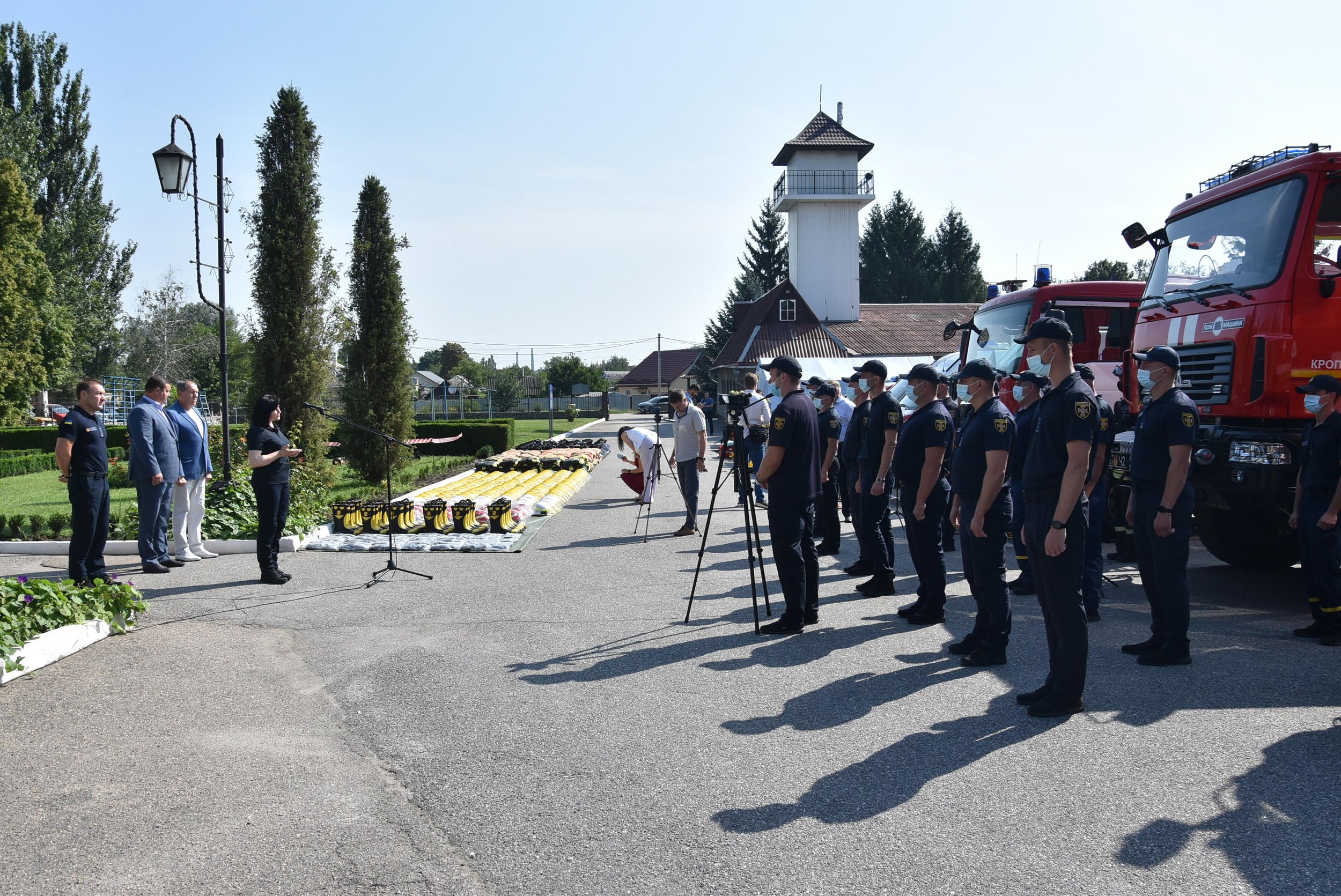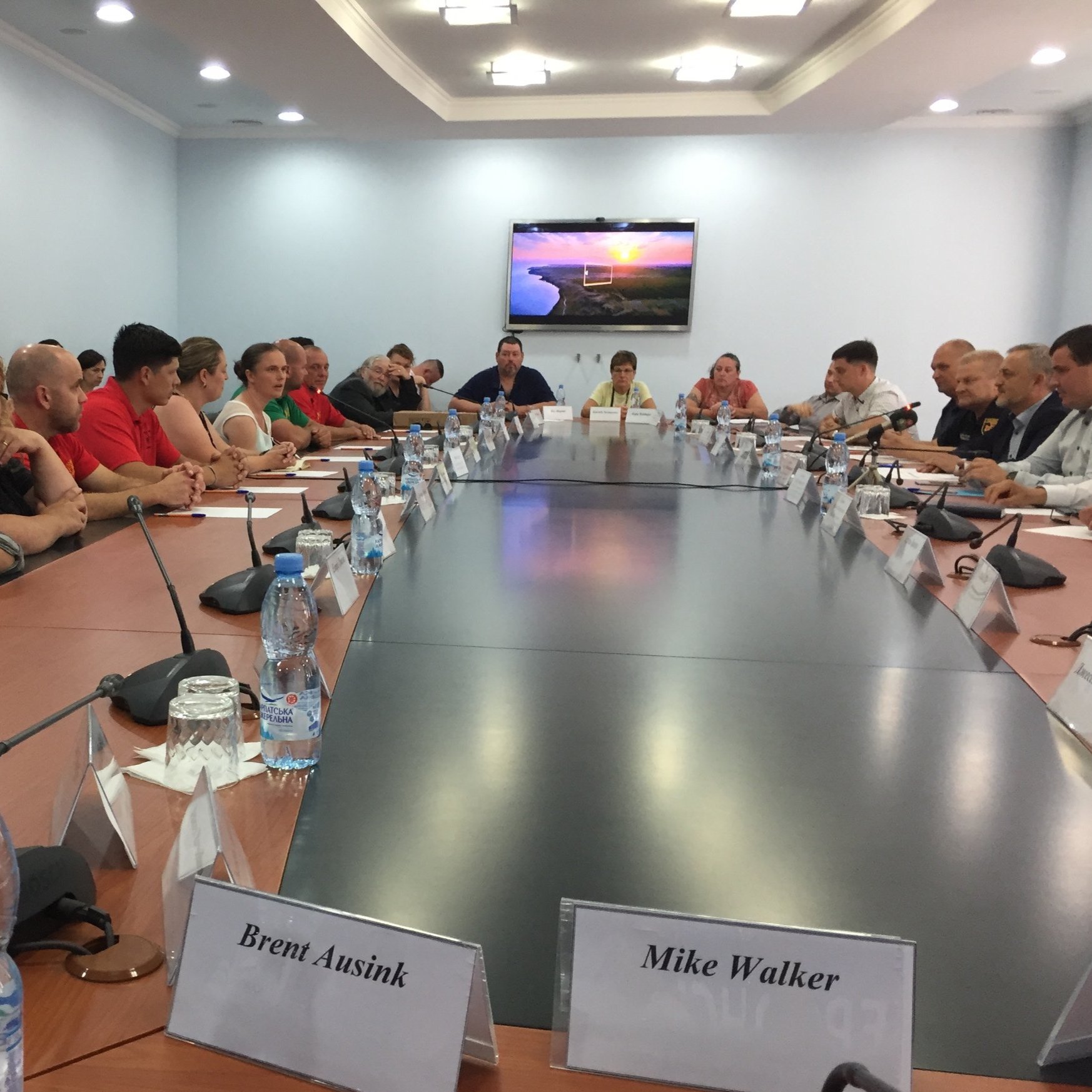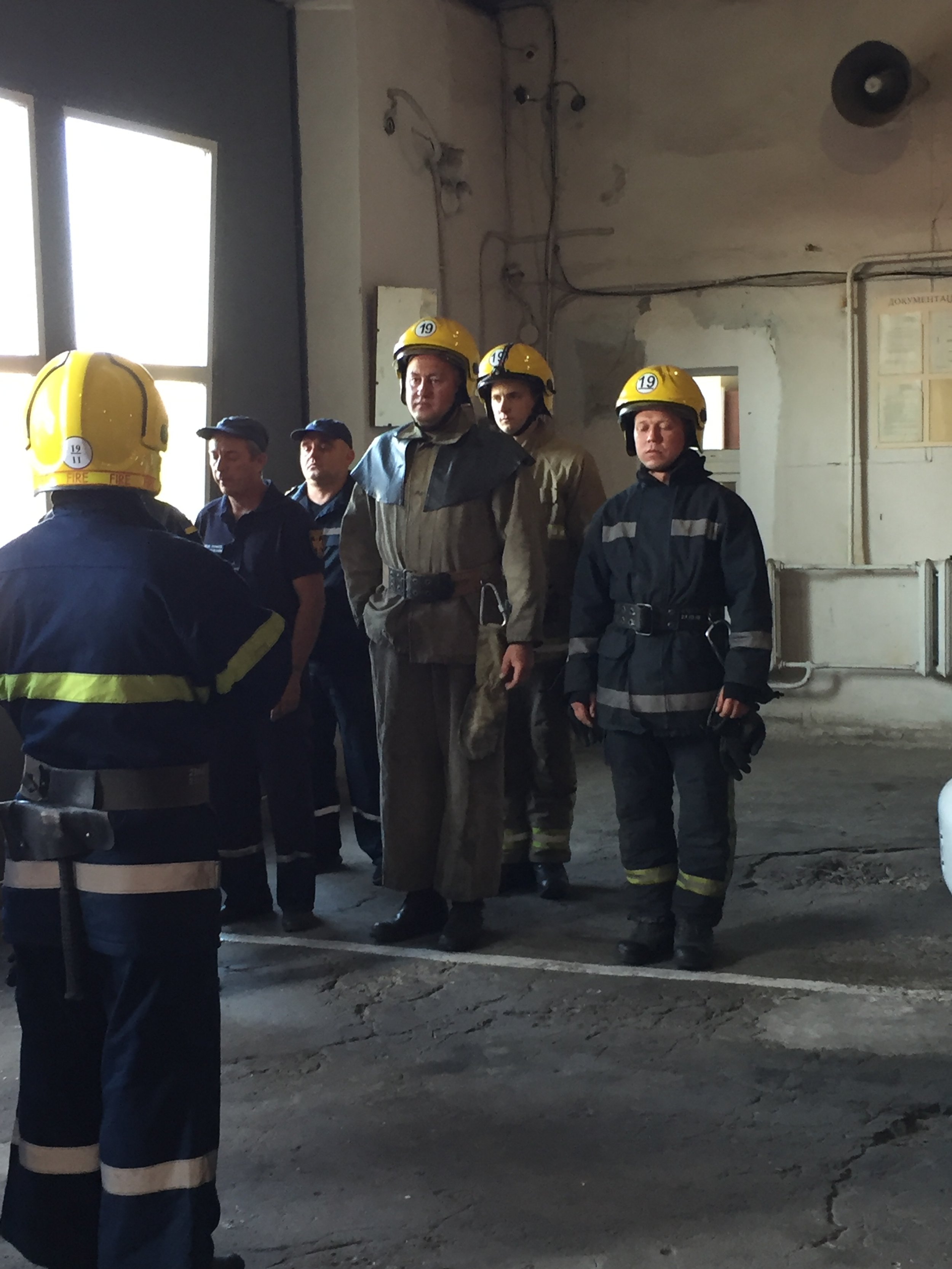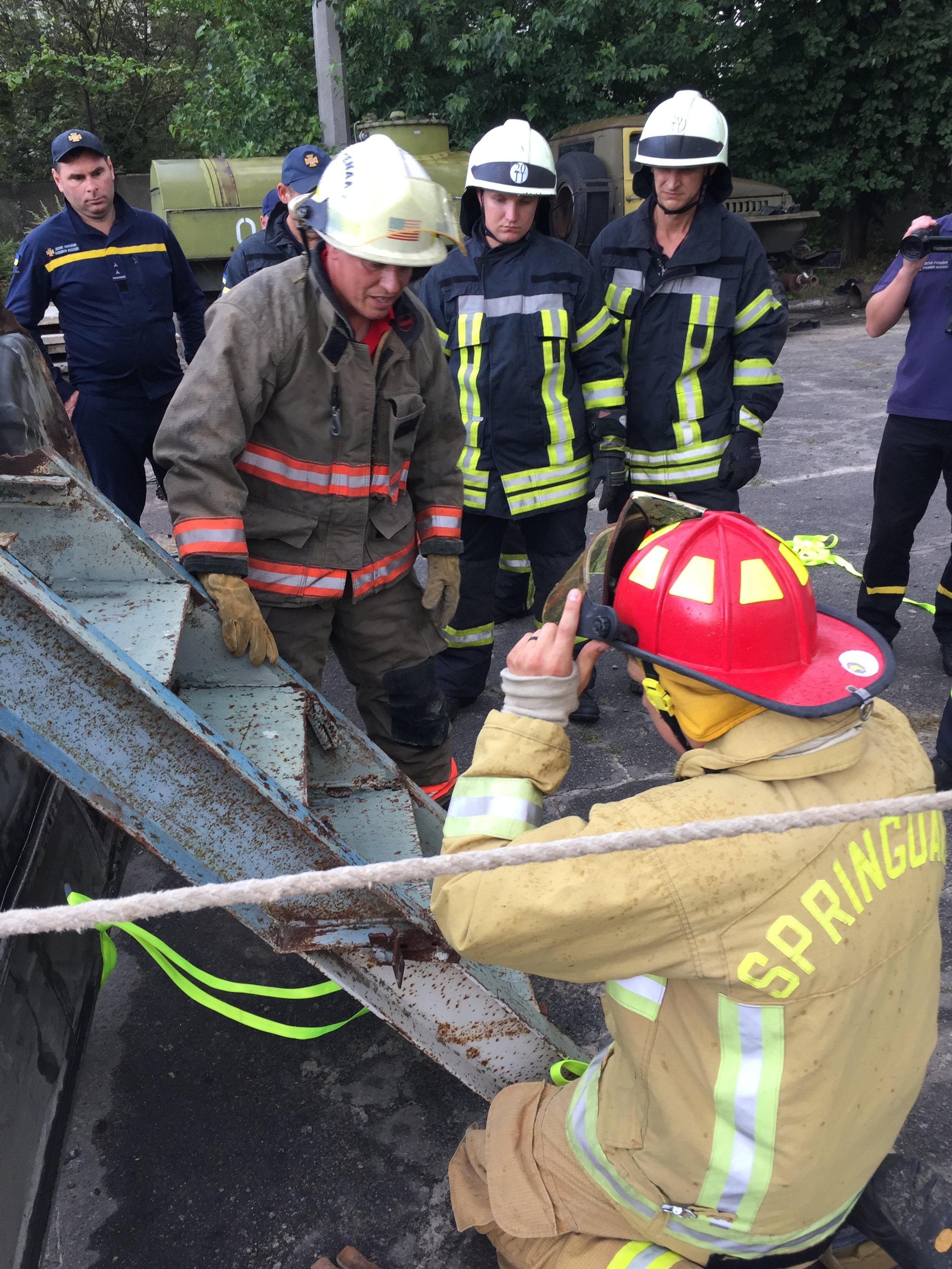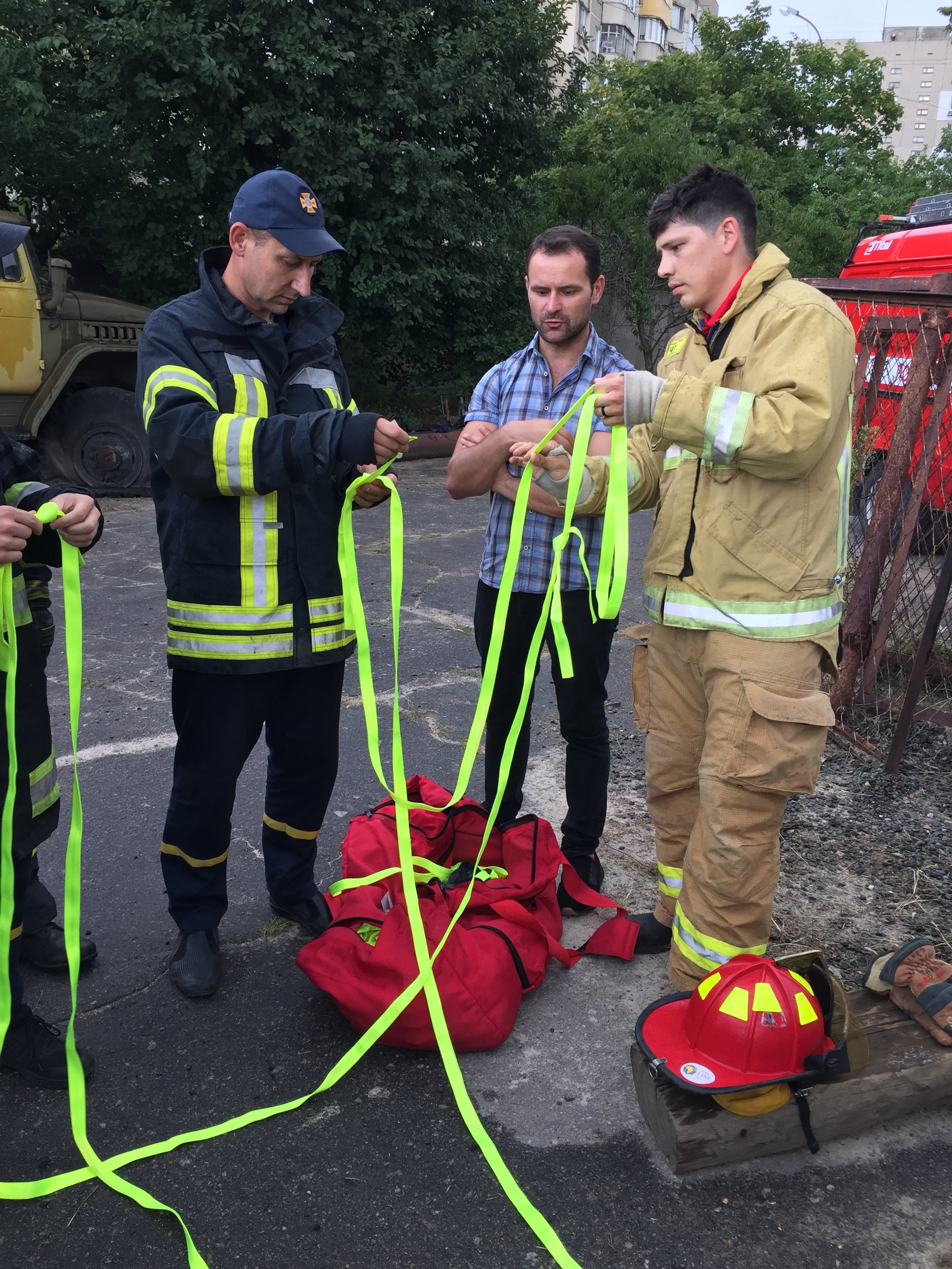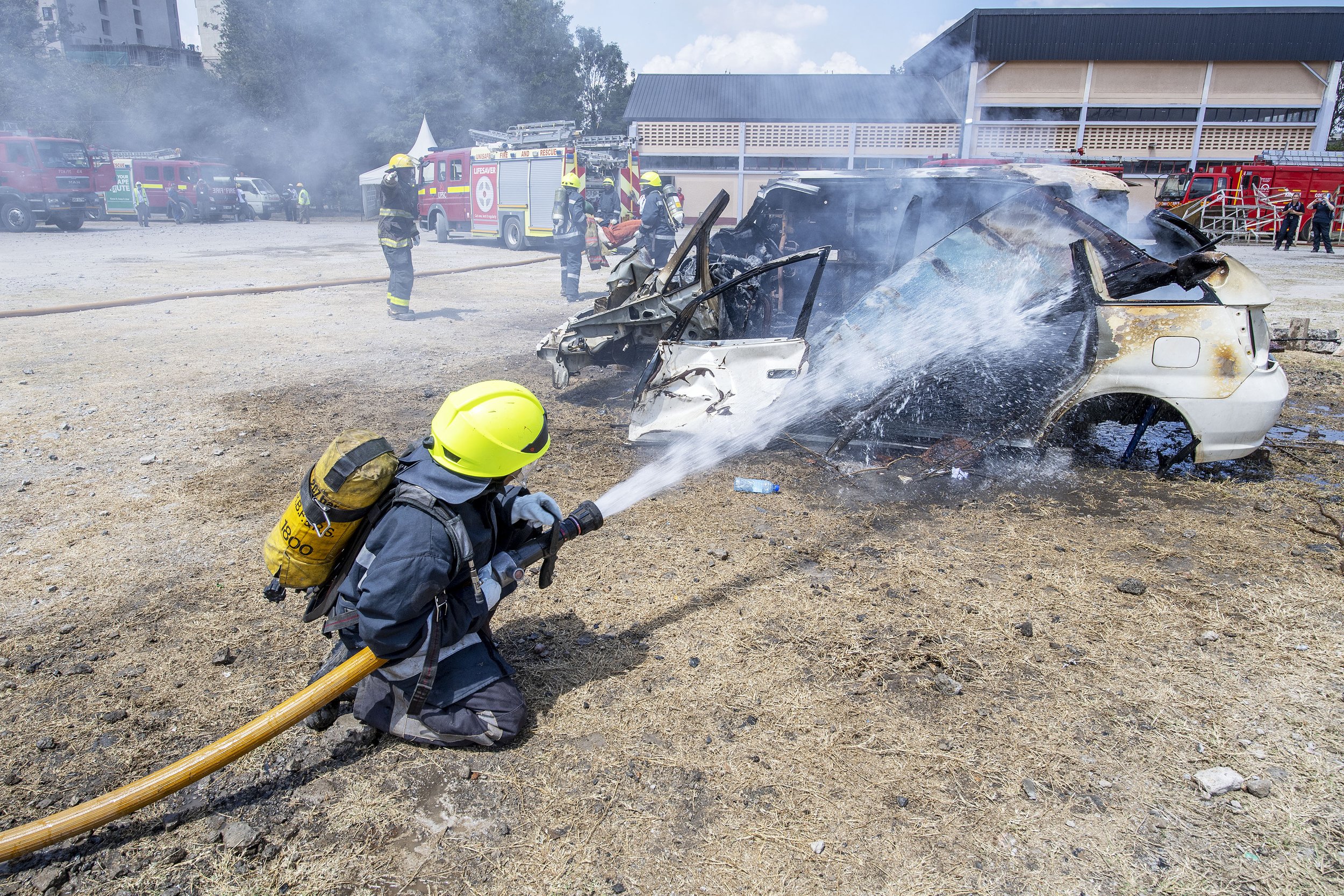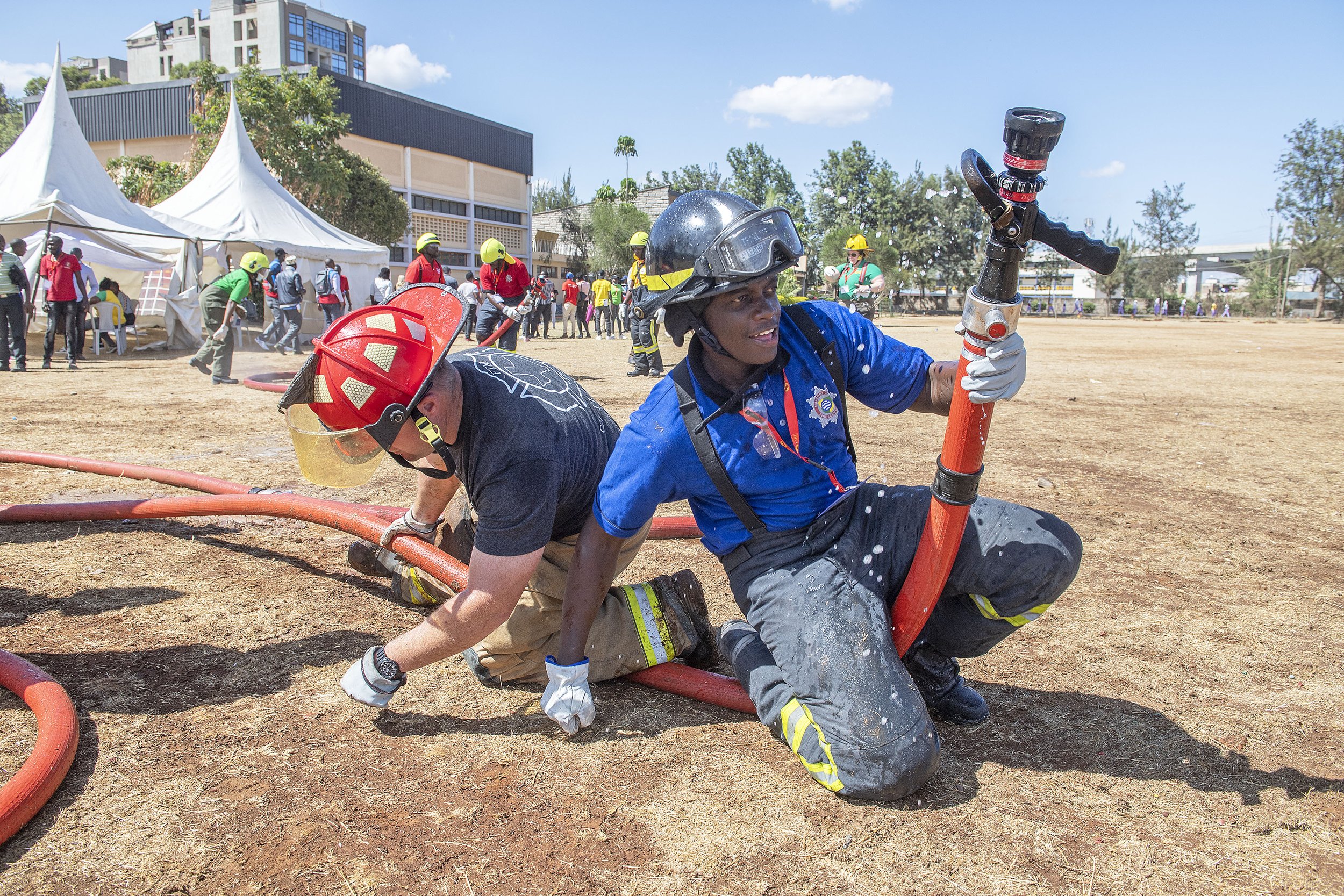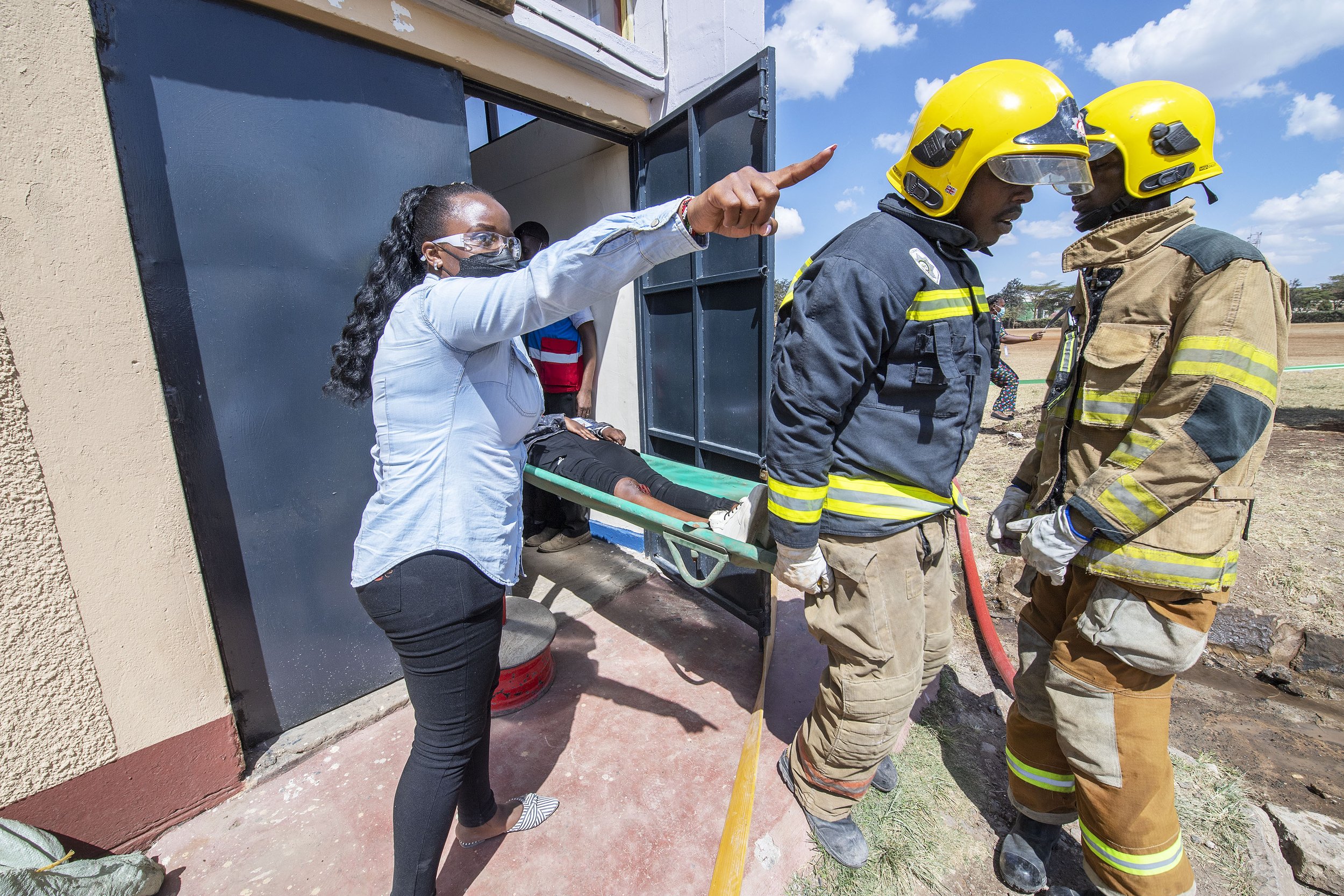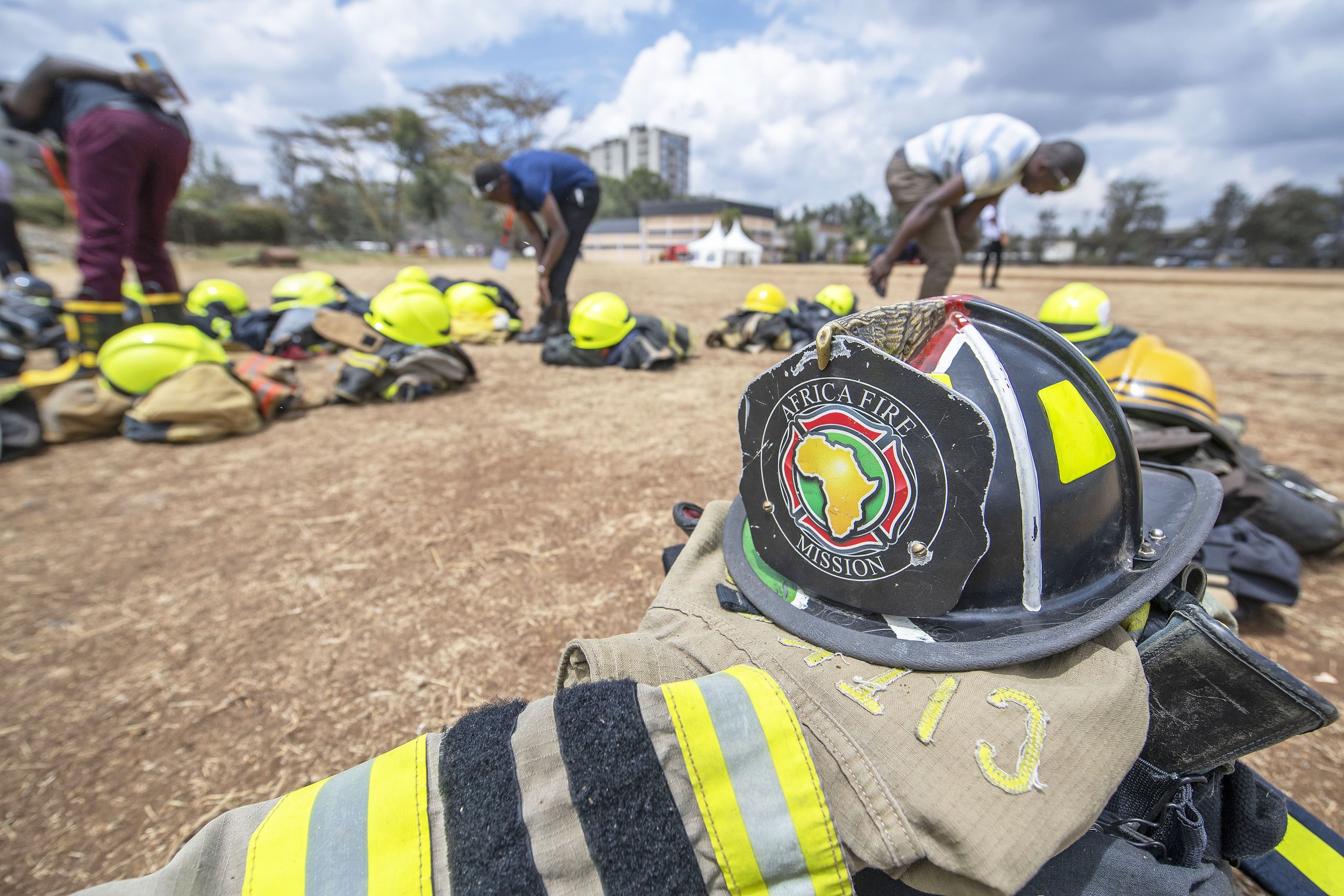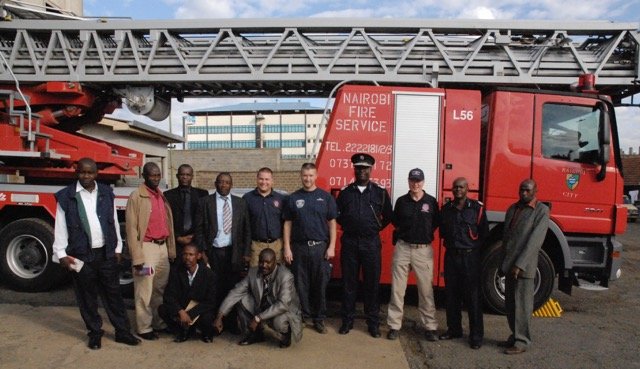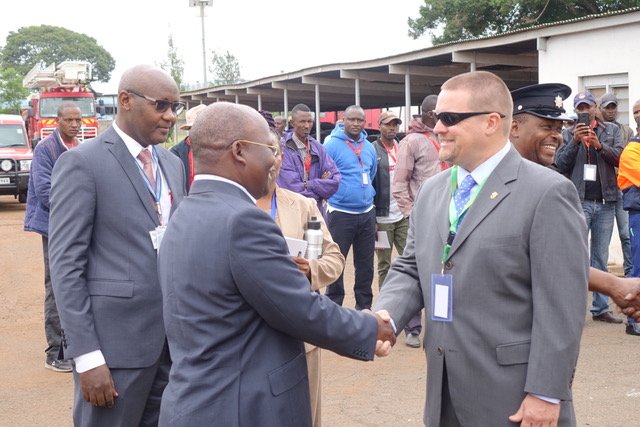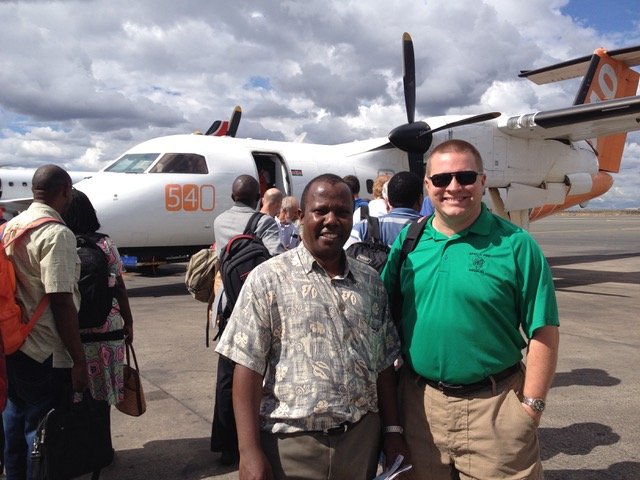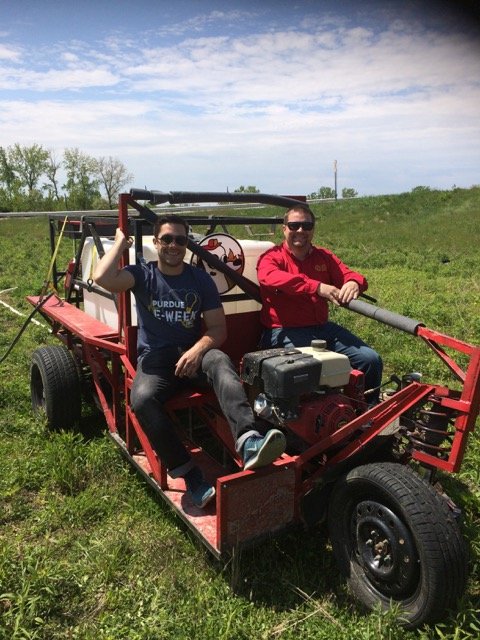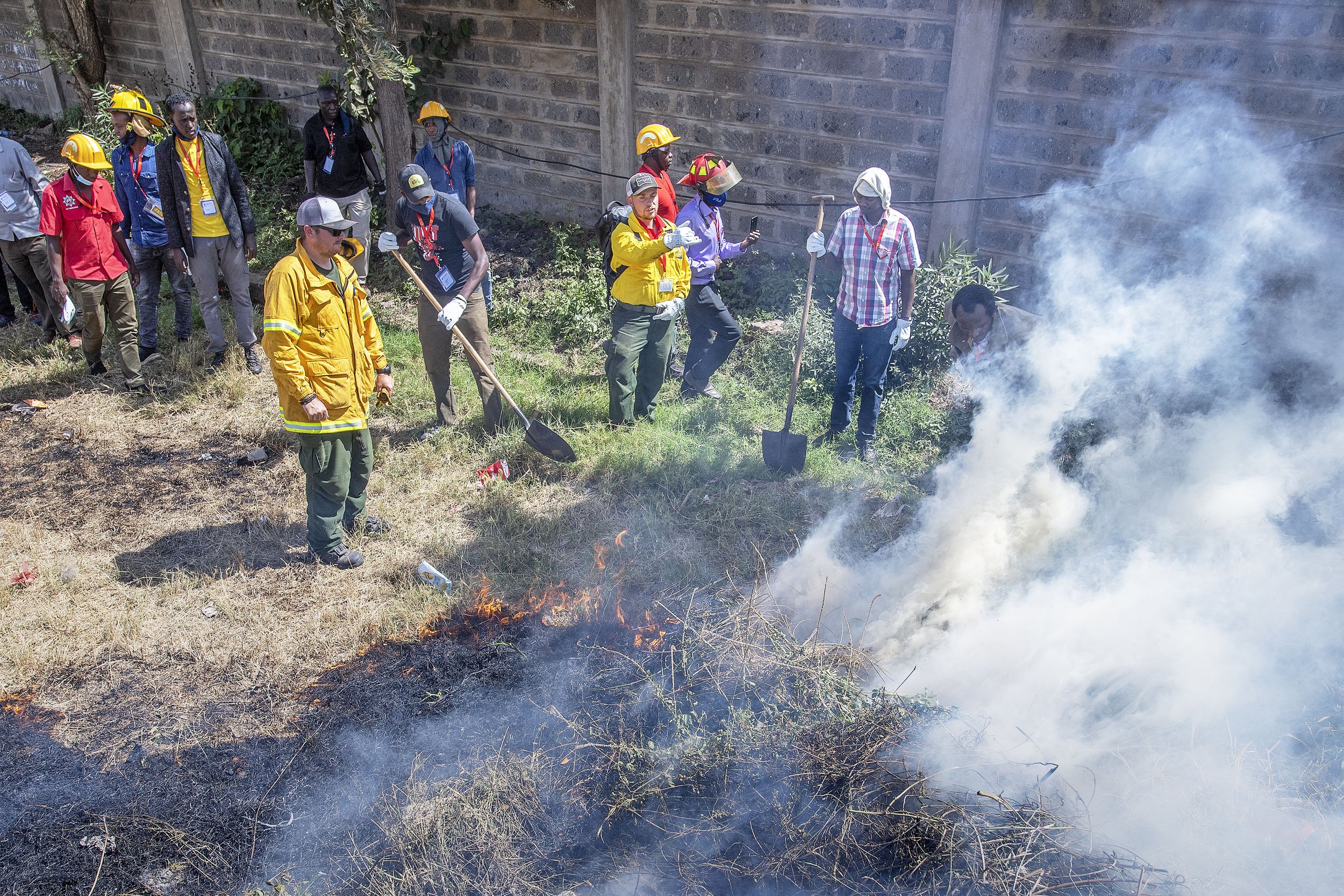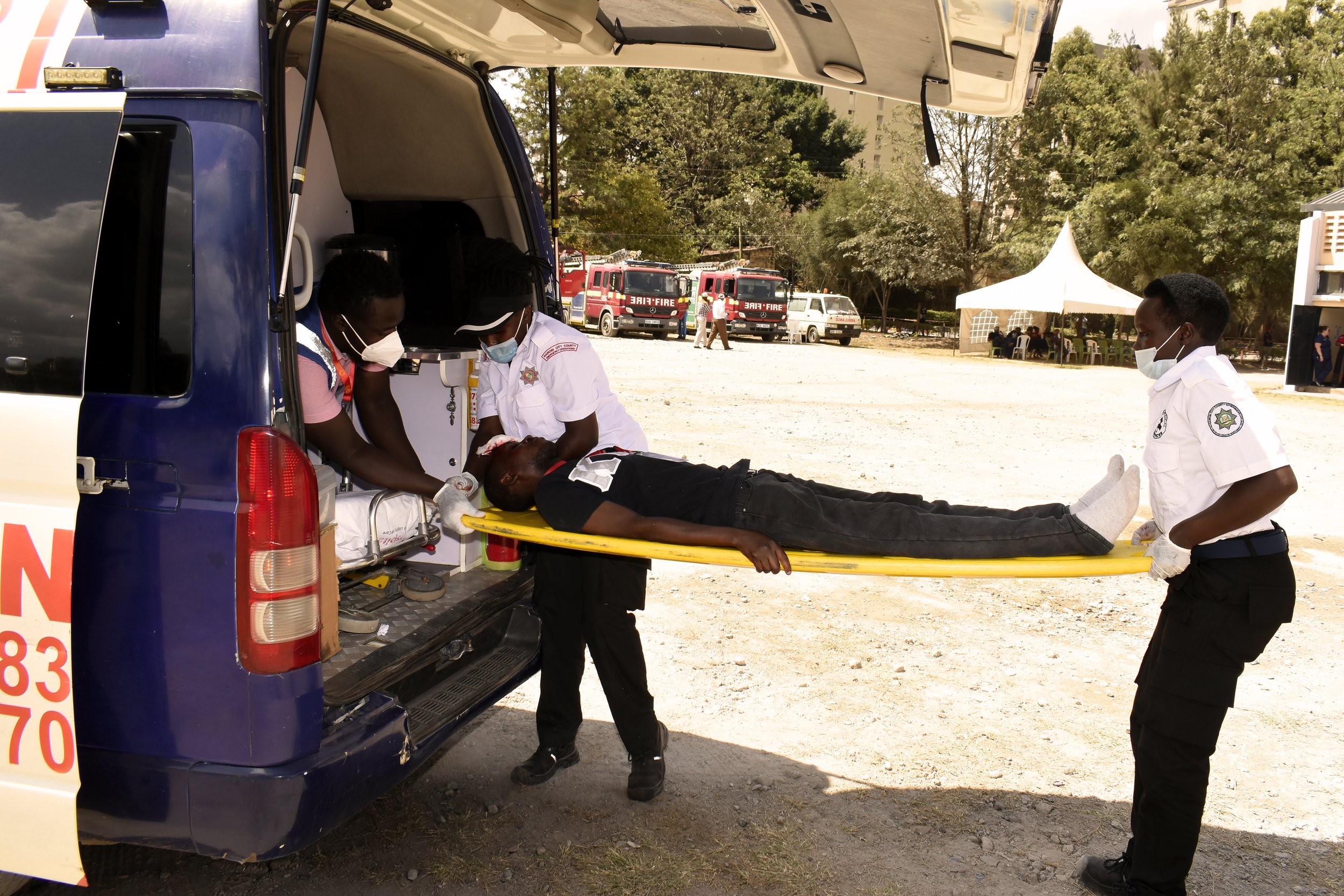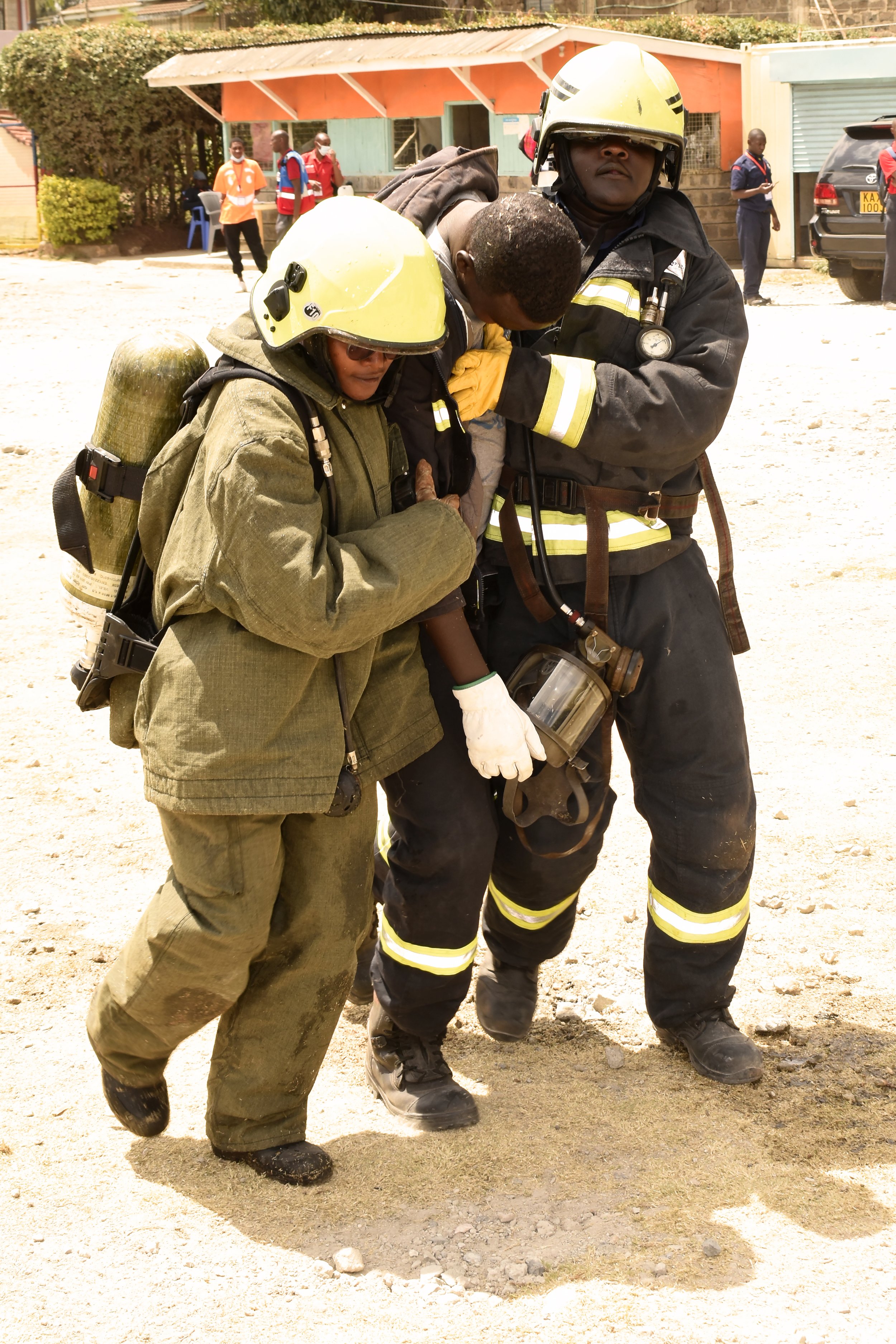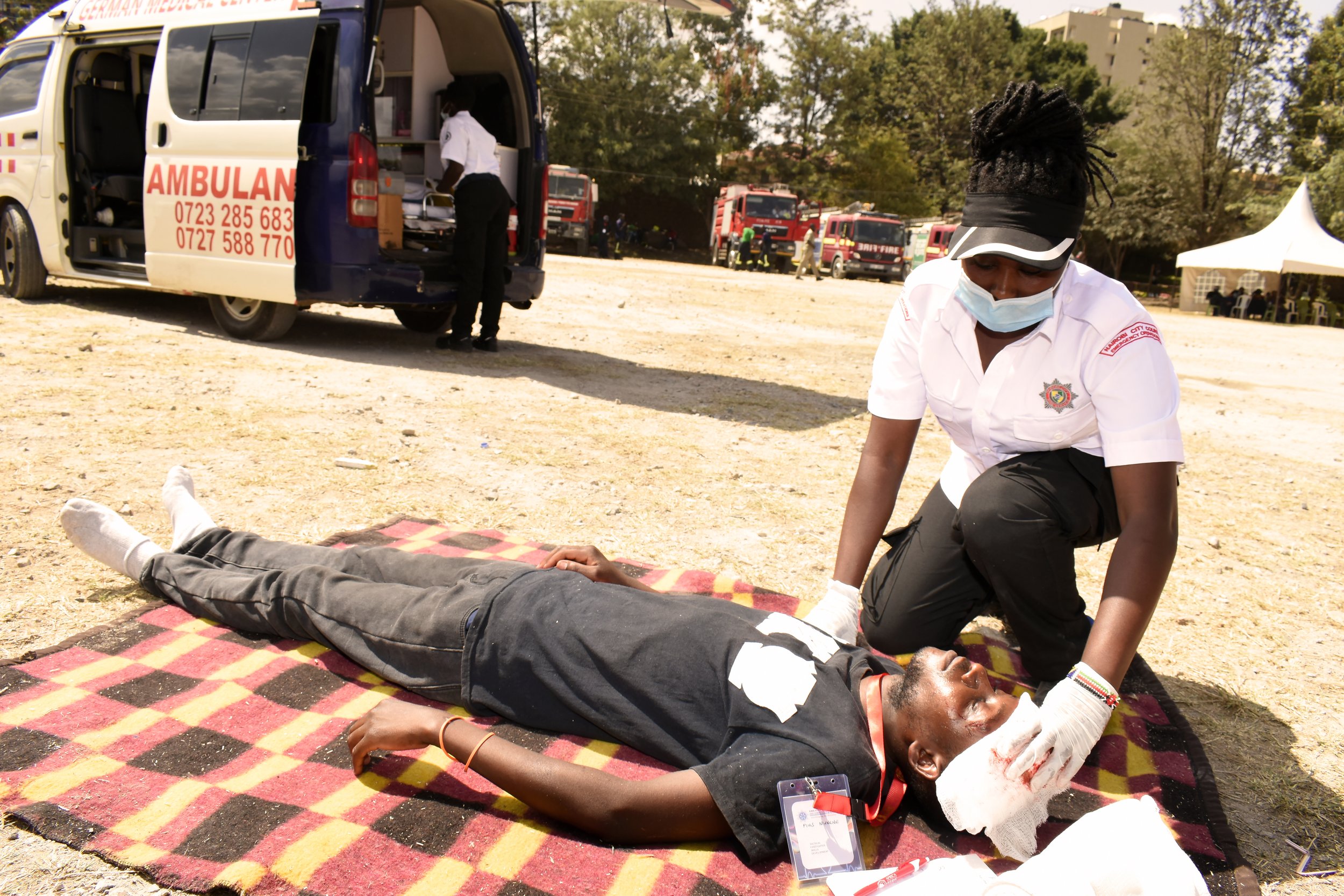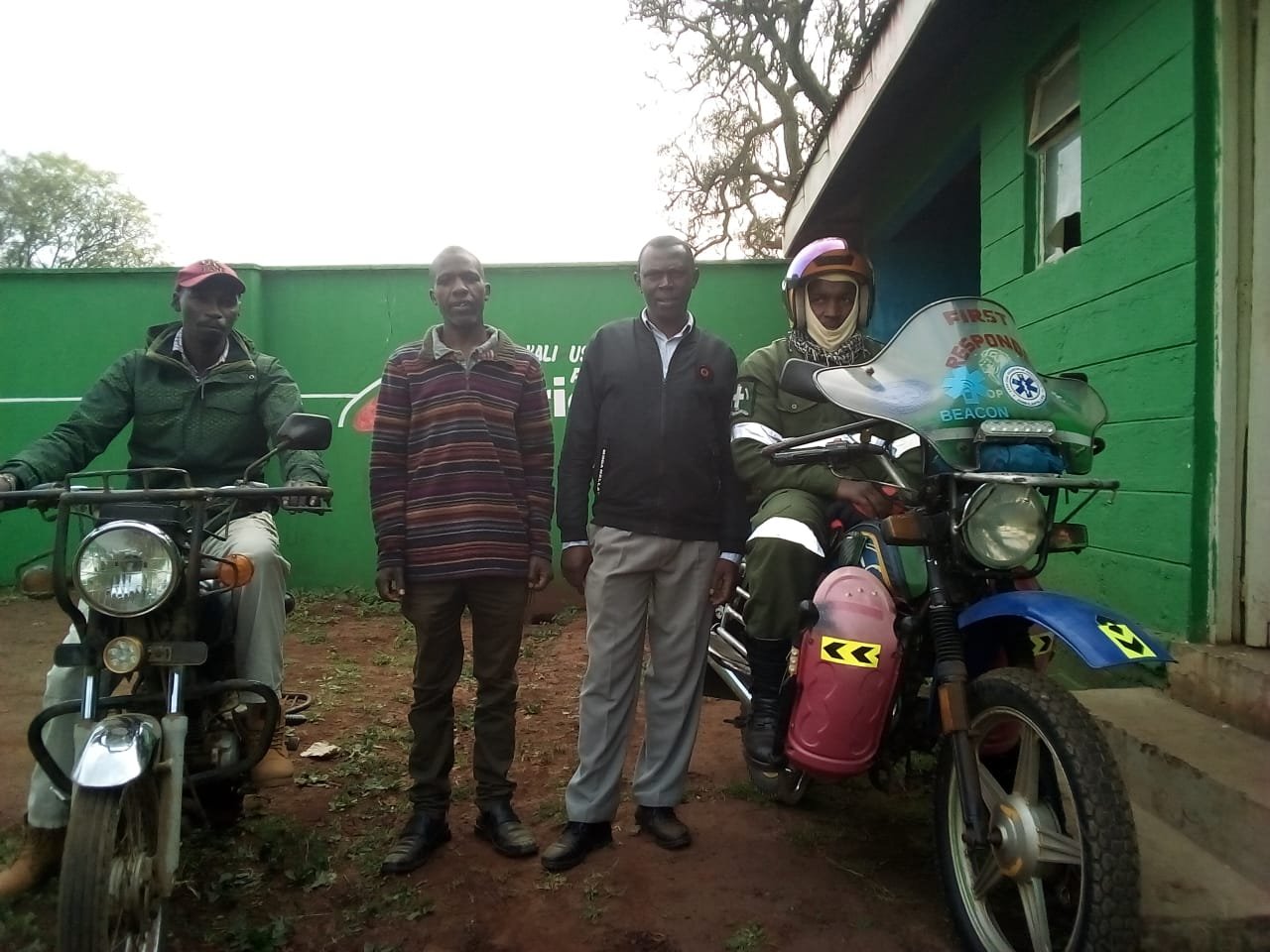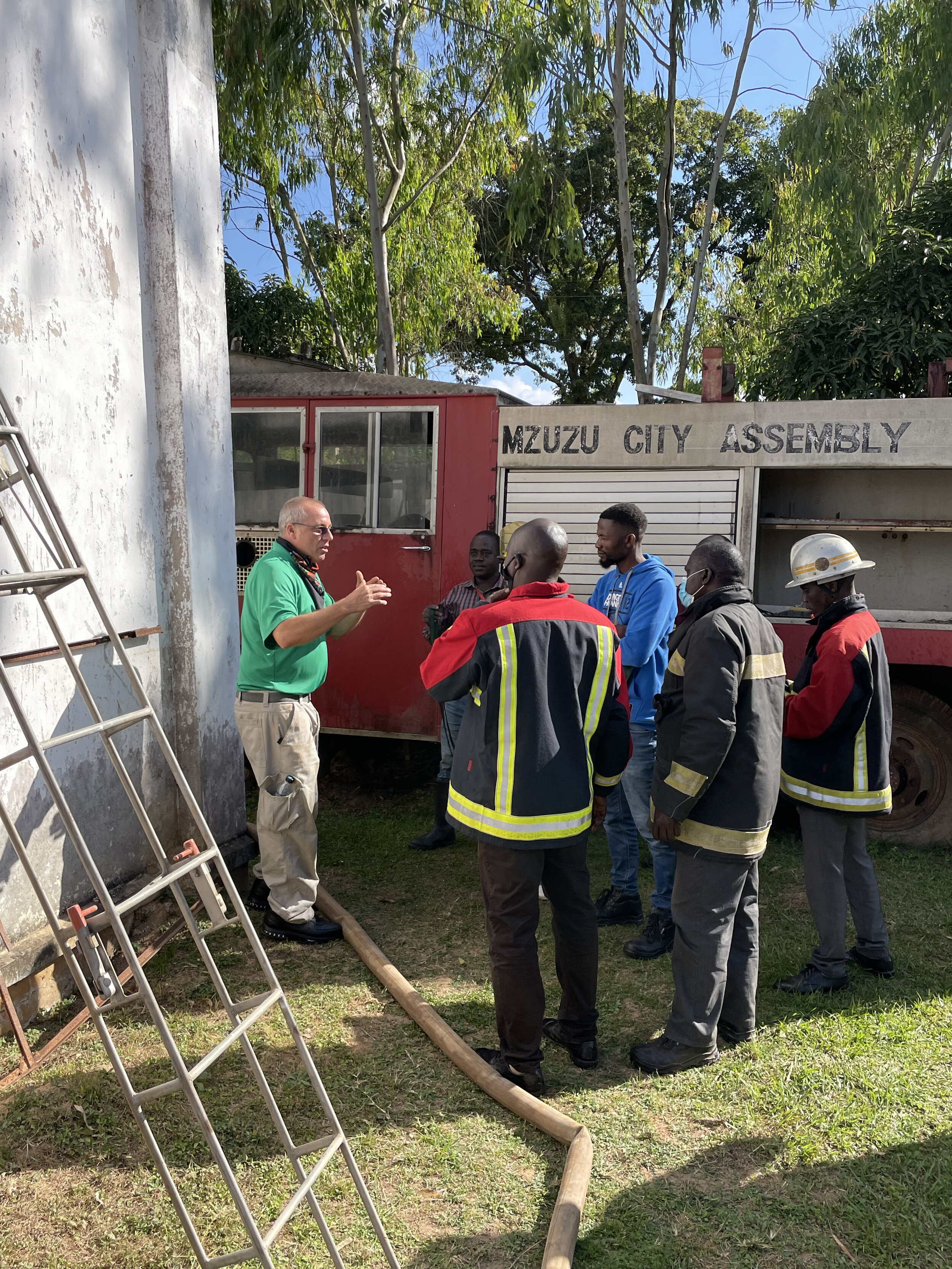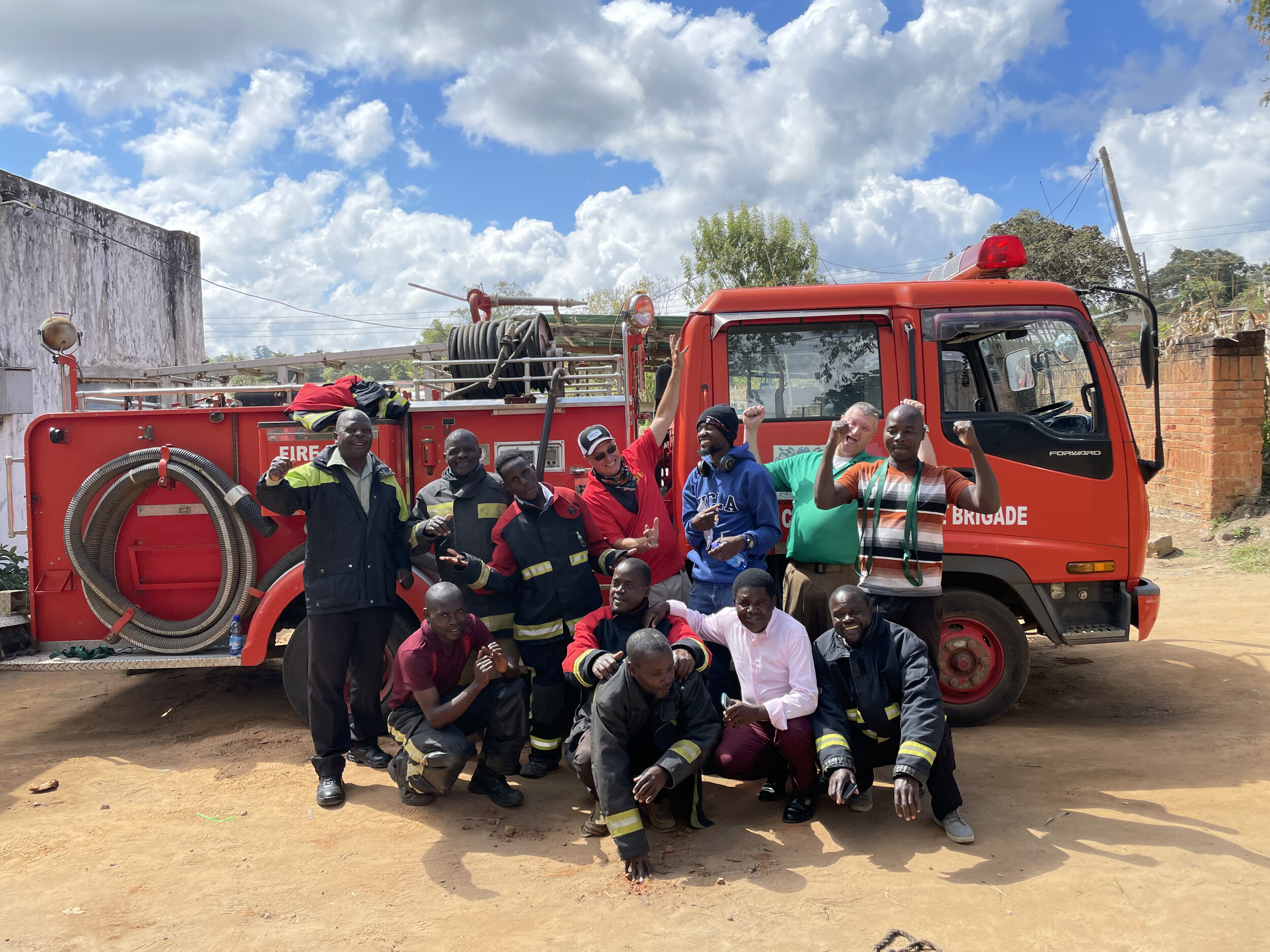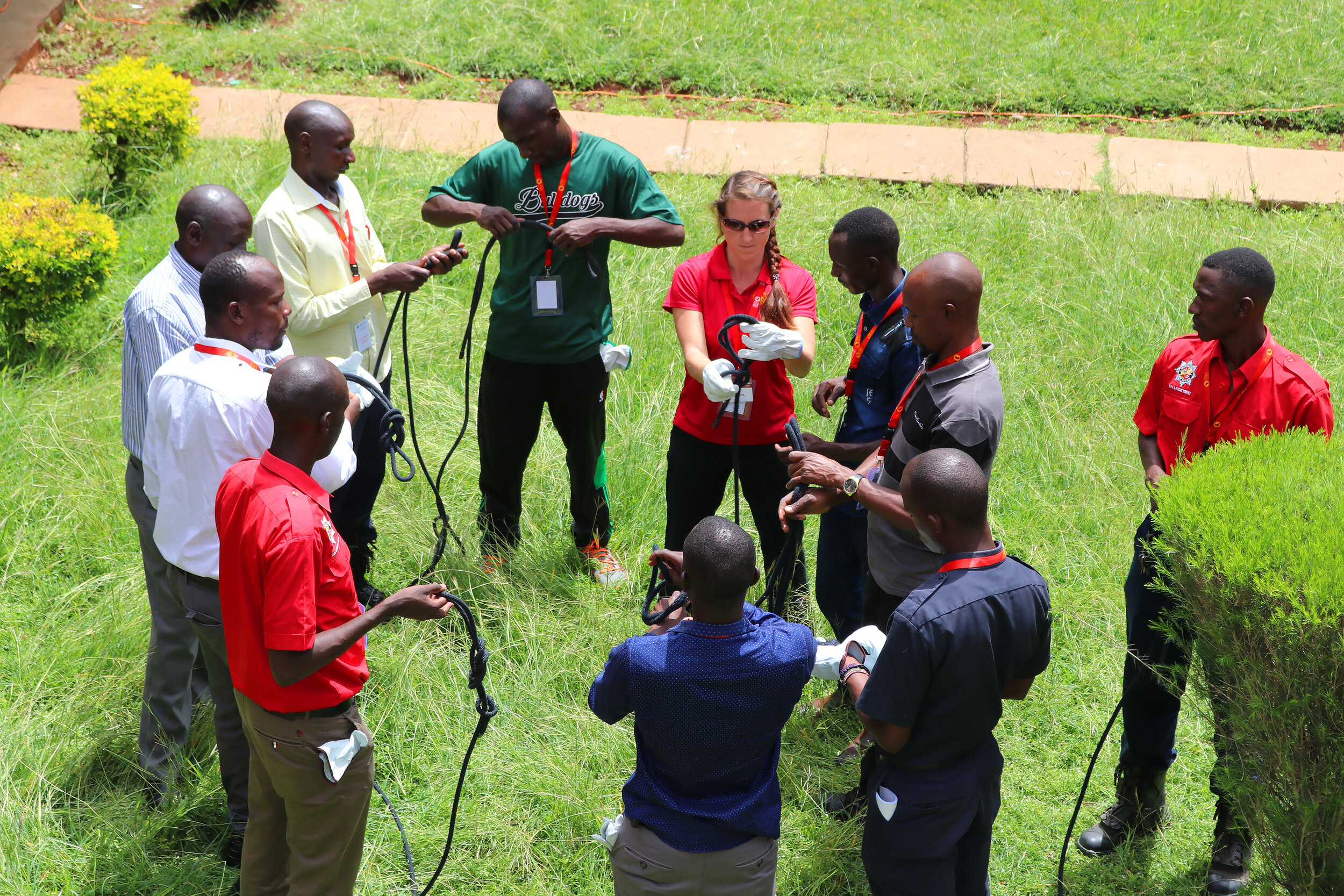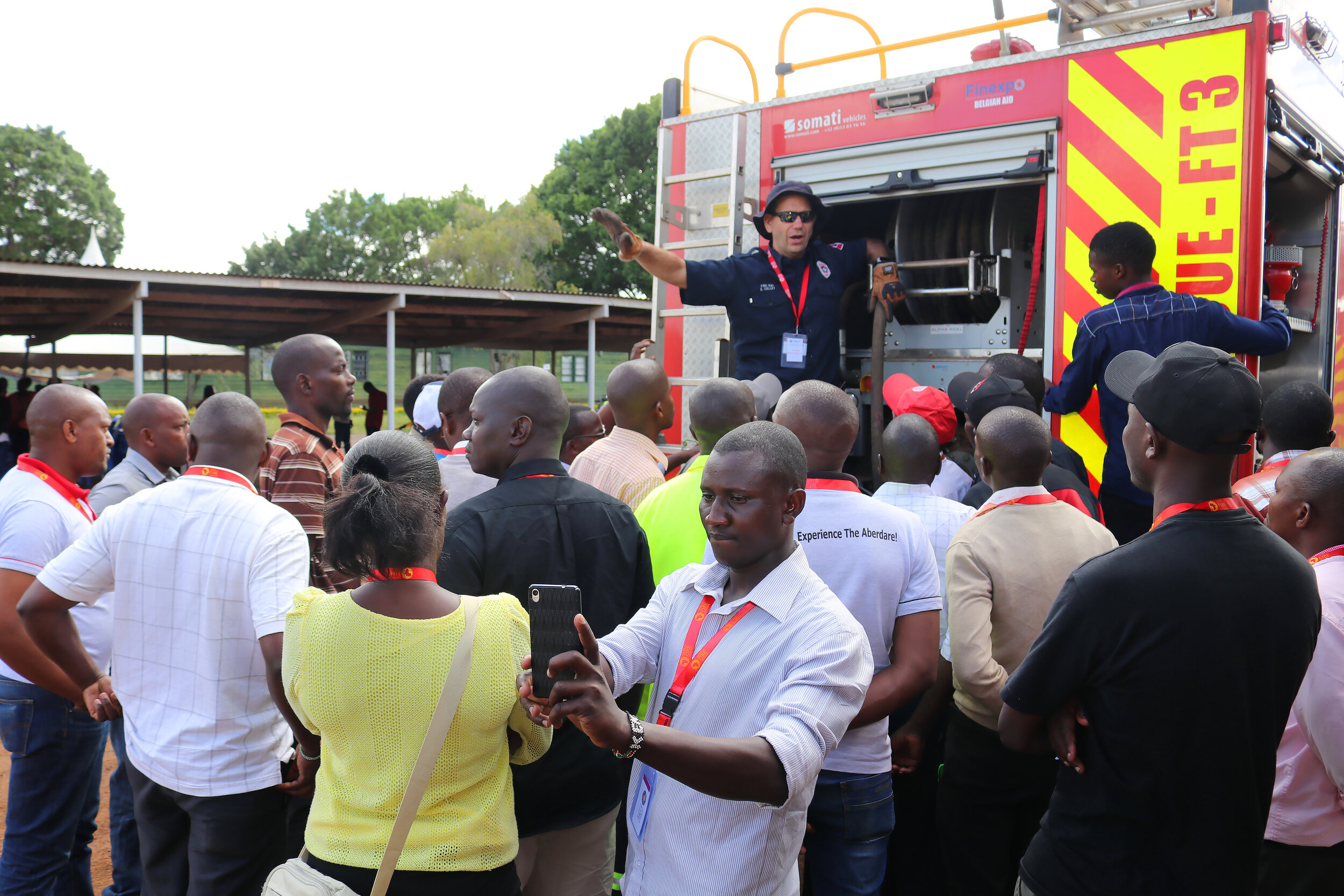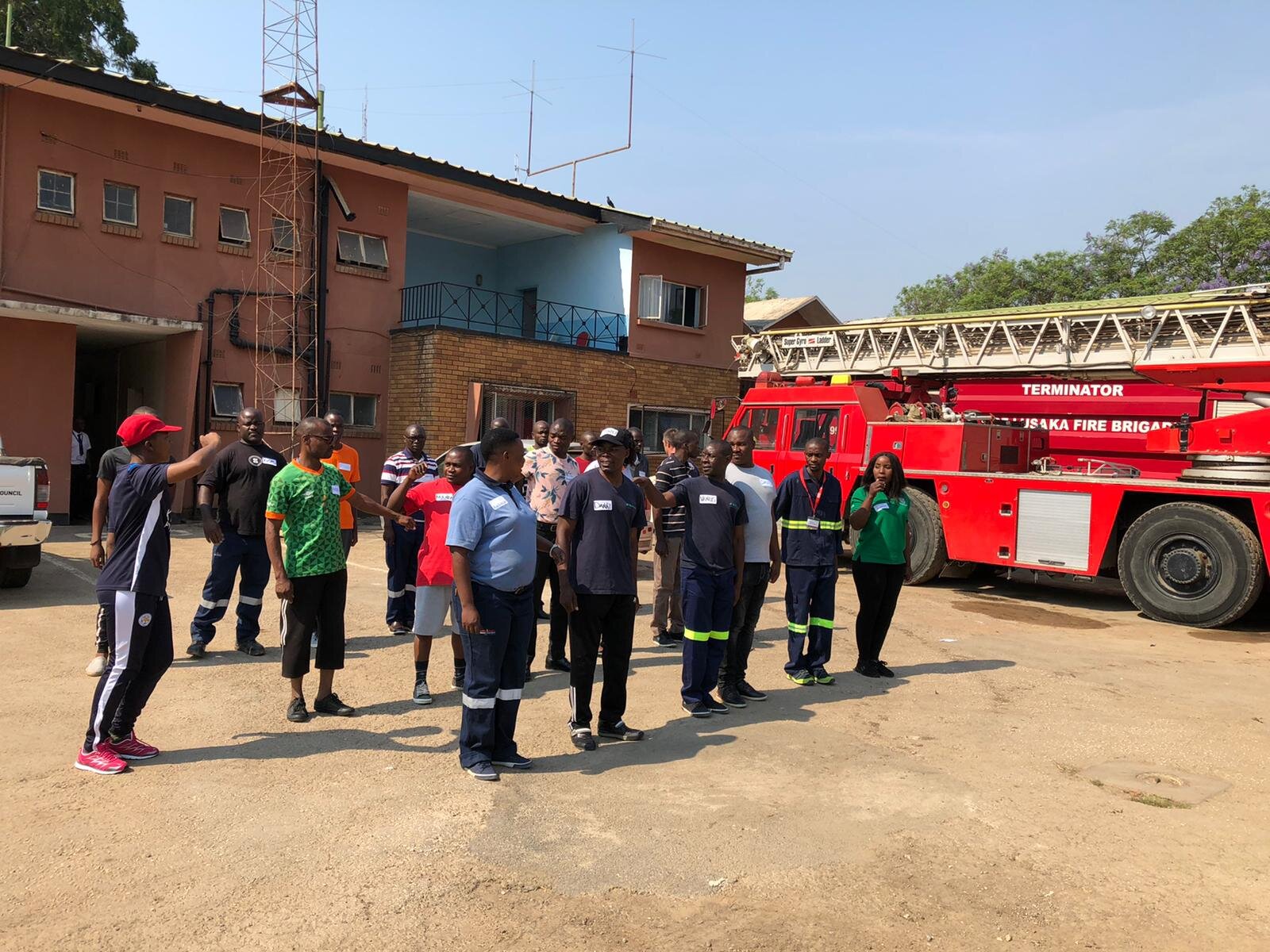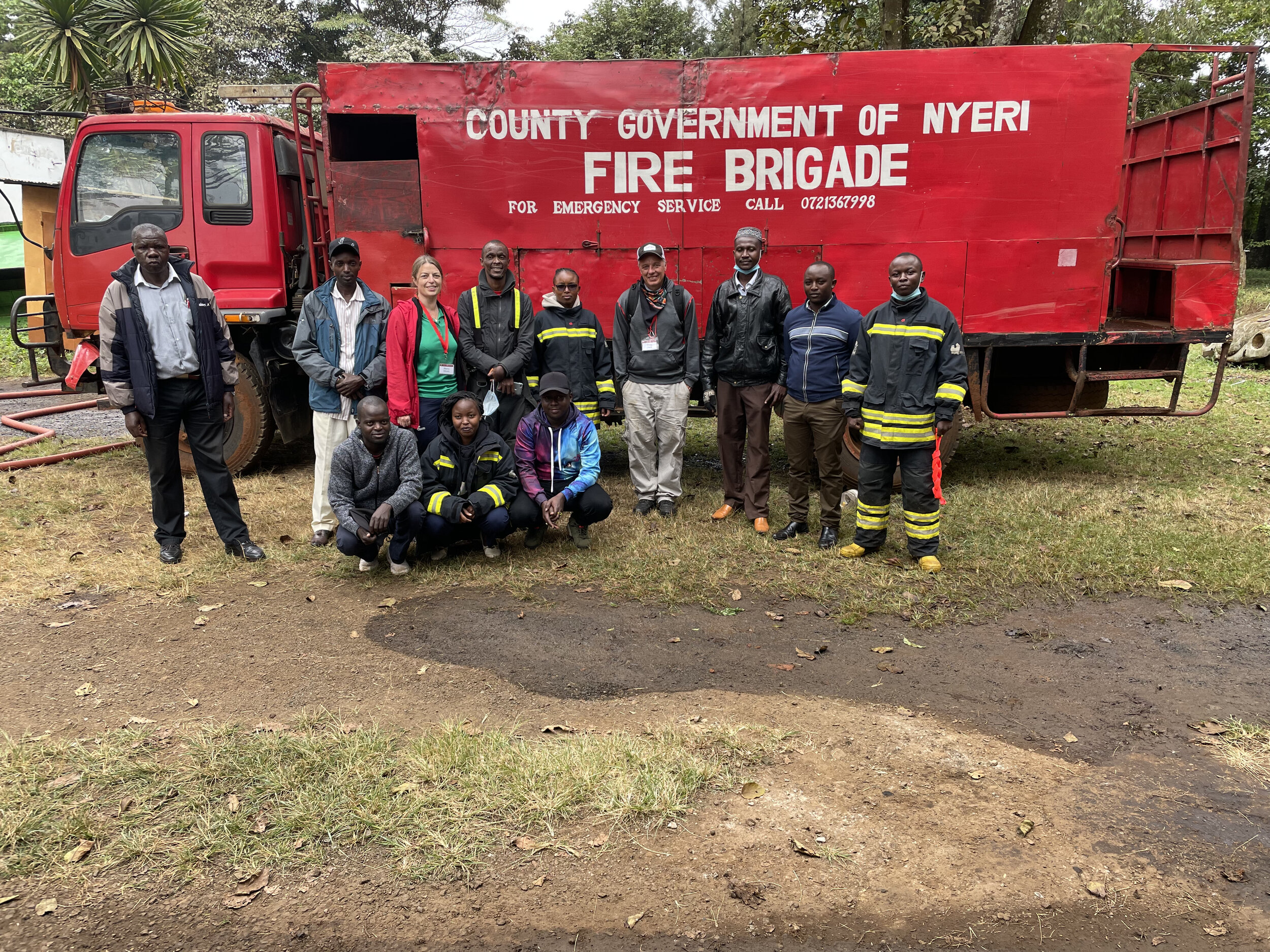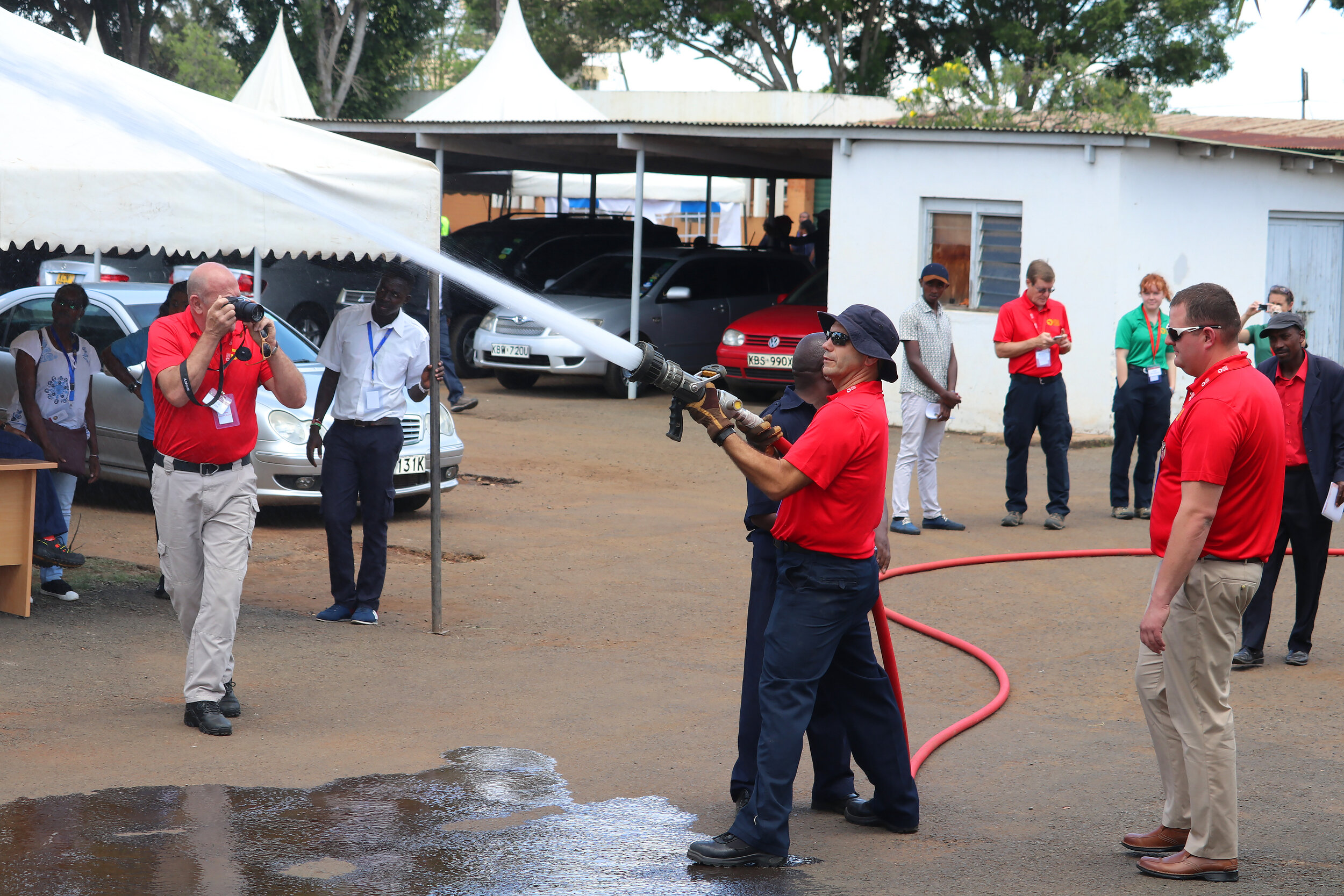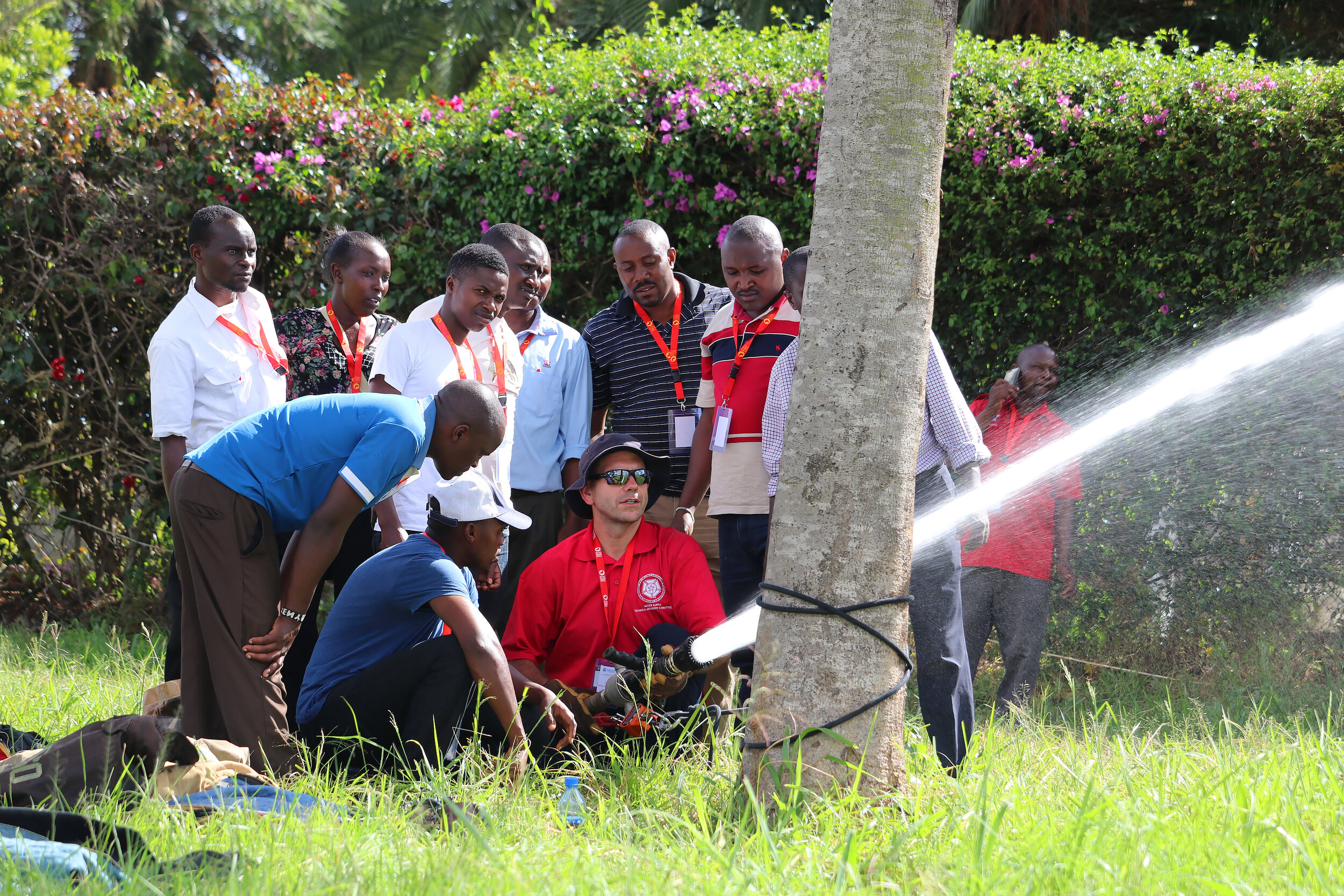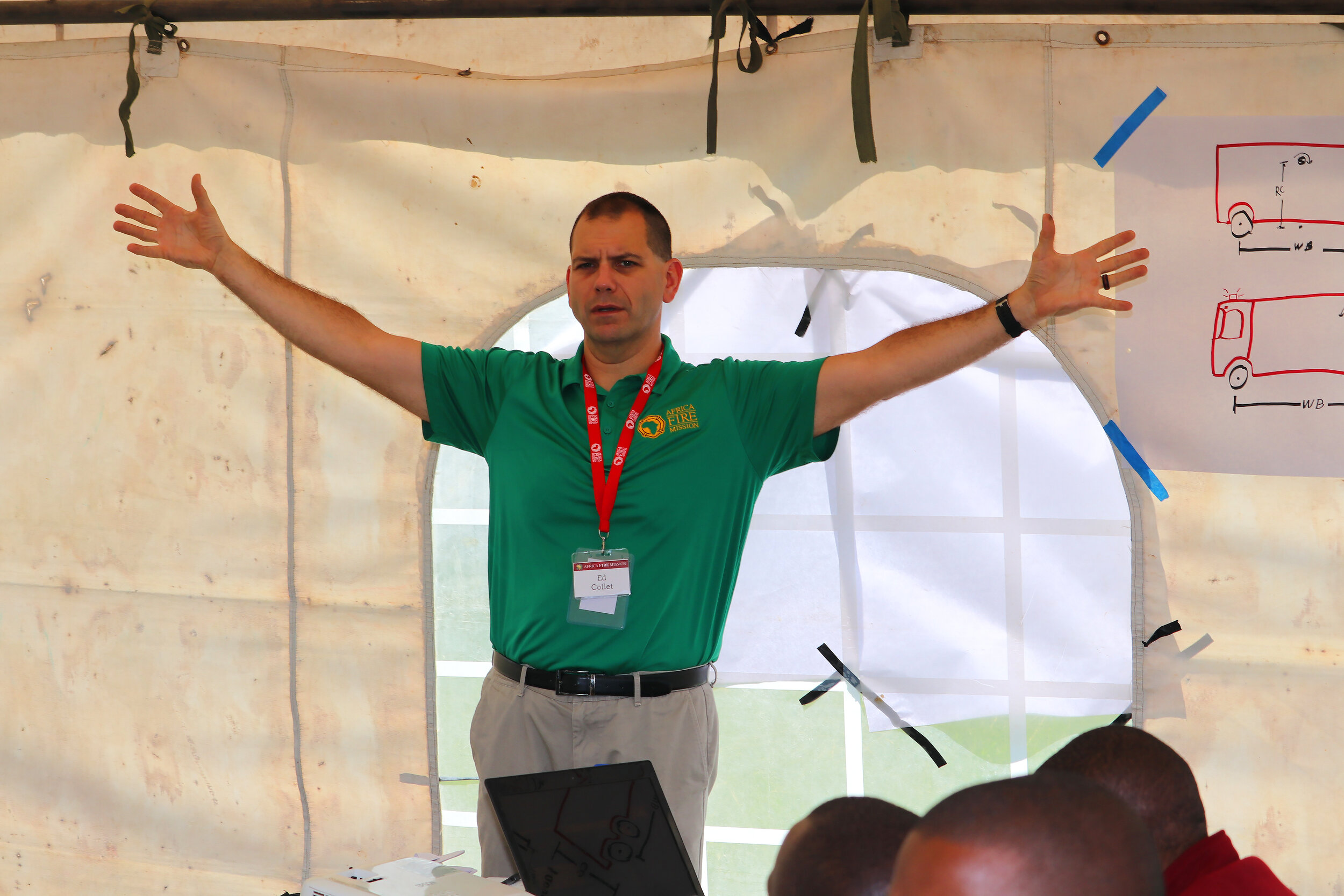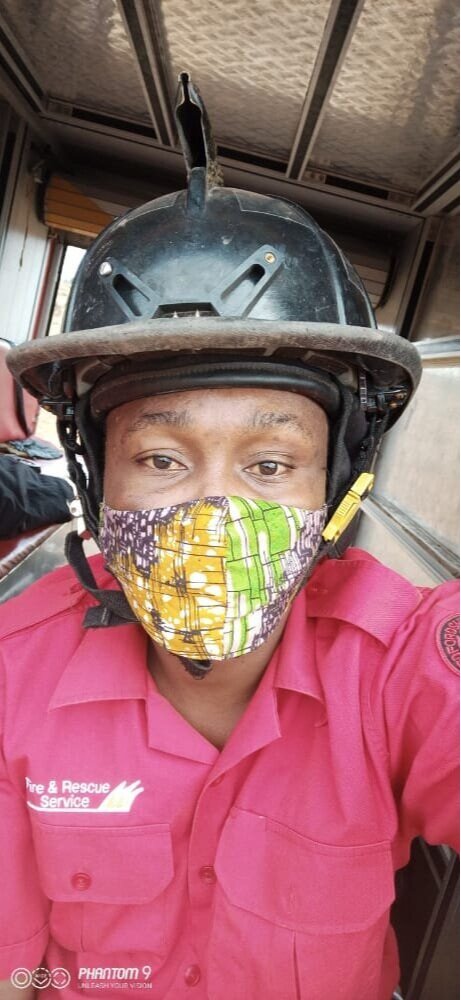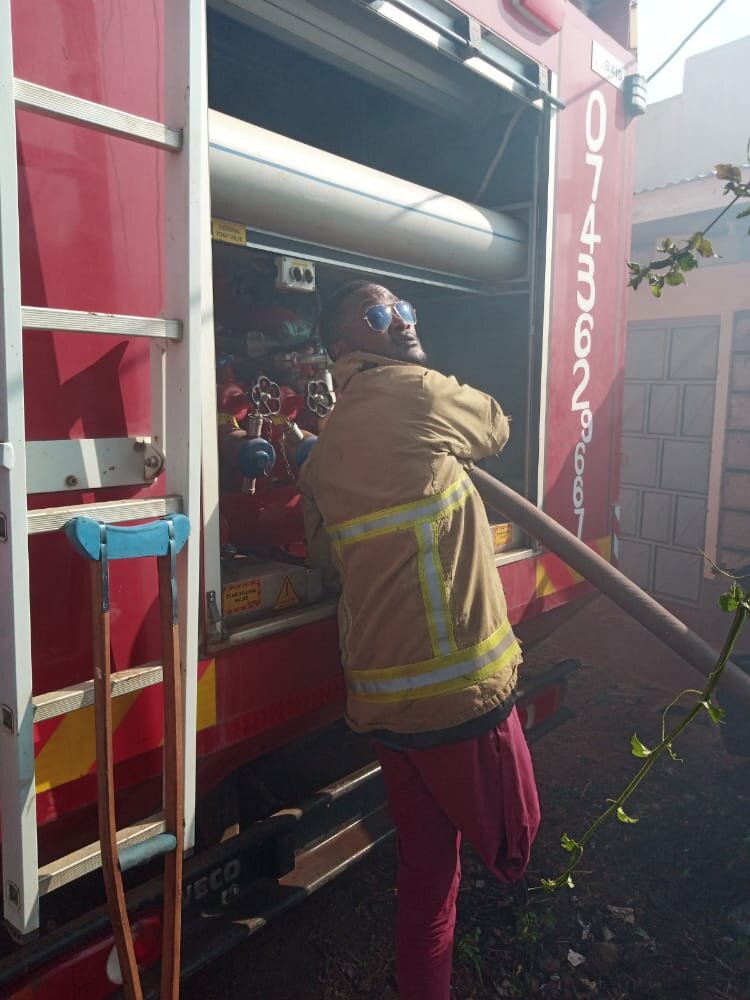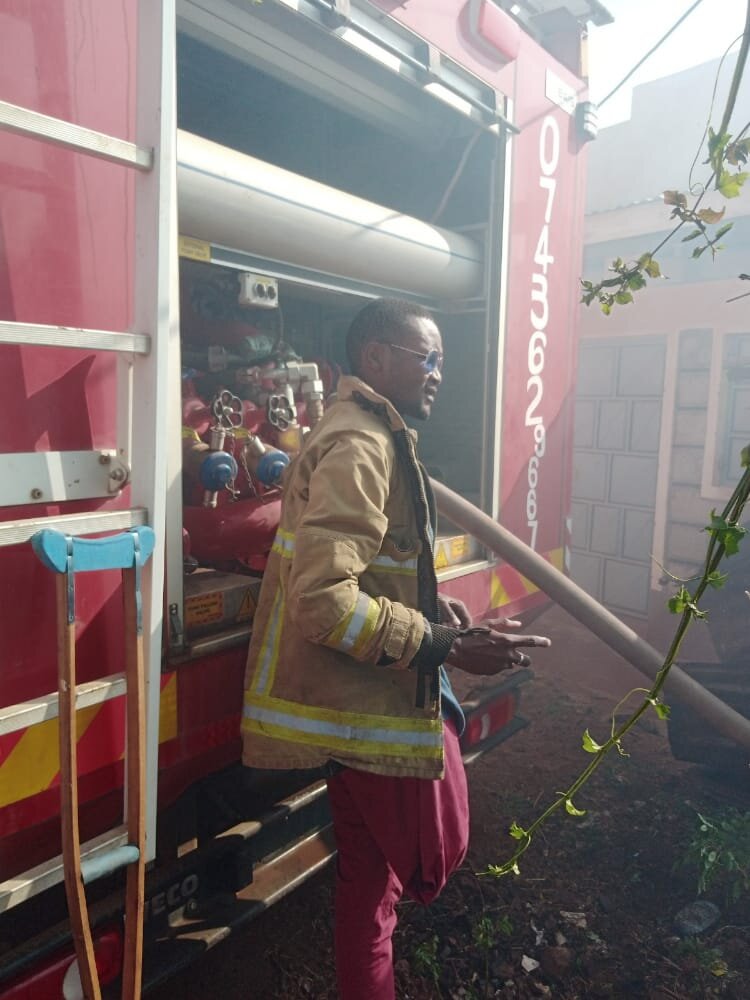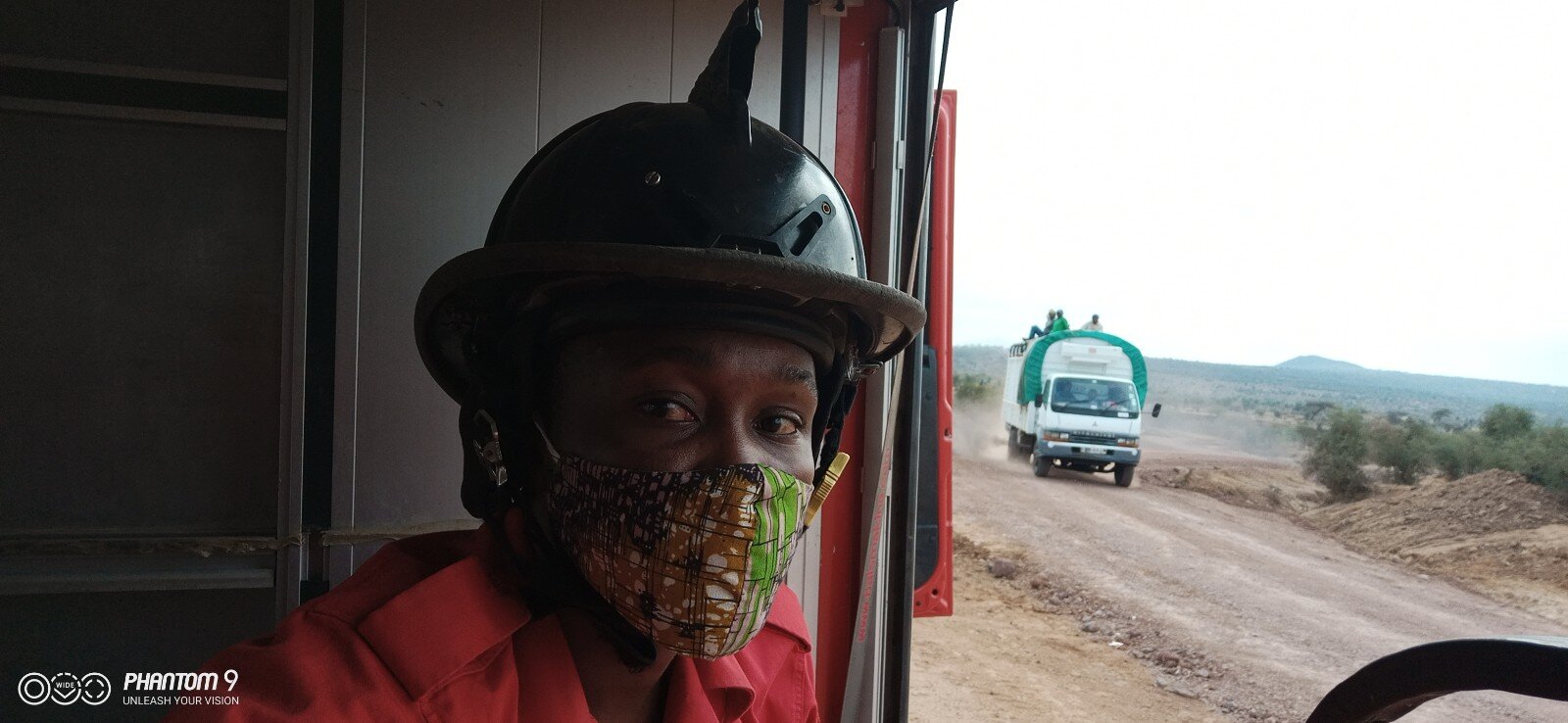On October 22, 2022 during our Annual Fundraiser, the Chama, Africa Fire Mission was pleased to honor Judy Johnson and Howard Cohen.
Africa Fire Mission thrives on volunteers. Volunteers are at the heart of our organization. We have dozens and dozens of volunteers. We have volunteers from all across the North America, Africa and Europe that help to make AFM run on a daily basis. These men, women, firefighters, civilians and children are all a vital part of Africa Fire Mission being able to achieve its goals and objectives.
Judy Johnson – Volunteer of the Year
Judy has been critical to helping developing AFM into the organization that it is today. Judy was the person who introduced Dave and Nancy to Missions of Hope International and she was instrumental in ensuring that we had a solid plan for taking team members to Africa - from training team members to helping to write our application Judy prepared us to do the work we do. As a board member to AFM, Judy has helped to ensure that AFM was connect with other organizations around the world so that we can collaborate with others to do our work.
Thank you Judy for all that you have done for Africa Fire Mission! We hope you’ll continue to enjoy your retirement!
When Africa Fire Mission travels with a team to provide training in Africa or other parts of the world, our team members volunteer their time, talents and treasures to provide world class training to our partners. Our instructors, undergo training in advance of the trip to prepare of the mission and prepare the lessons that they will teach in our week long fire training events. We have been fortunate to have many instructors return year after year and continue to build each year on the training that they have been providing as well as to build strong relationships with firefighers and our overseas partners.
Howard Cohen, Instructor of the Year
Howard has been pivoting and helping to grow AFM since he signed up for his first trip in 2020 - which turned into a virtual trip/training. Howard then went to Kenya with AFM in 2021 and signed up to coordinate our weekly online trainings. With Howard’s leadership and planning, we have grown from an average of 16 participants a week in 2021 to 65 weekly participants in 2022! Howard is headed back to Kenya with AFM in November 2022 and is looking forward to reconnecting in person with those he has been building relationship with. Check out what Howard has to say about being part of AFM below!
Interested in volunteering with AFM in administrative roles or as one of our international instructors?

